
Visa and entry requirements Malawi:
Passport required
Germans need a visa to enter Malawi. Citizens of certain countries, including Germany, can obtain the visa directly at the respective Malawian border crossing by paying the fee in cash in US dollars.
Visa costs: 50/75 USD
Information from the Foreign Office about your trip to Malawi:
https://www.auswaertiges-amt.de/de/malawisicherheit/208508
The Republic of Malawi is a landlocked country in Southeast Africa with around 17 million inhabitants. The state borders Zambia to the west, Tanzania to the north and Mozambique to the east, south and southwest. The country has a north-south extension of 850 kilometers, while the distance from east to west is 350 kilometers. The two official languages of Malawi are English and Chichewa and the national currency is the Malawi Kwacha, where 1 euro corresponds to around 880 MWK.
The north of Malawi is very mountainous with peaks up to 3,000 meters high, the highest mountain being the 3,002 meter high Sapitwa. The country's largest lake is Lake Malawi and is also the third largest inland body of water on the African continent.
Malawi is home to other natural attractions such as several national parks, some nature reserves, Mount Mulanje, Kapichira Falls, Lake Malombe, Majete Wildlife Reserve, Mwabvi Wildlife Reserve, Lake Malawi National Park, Kasangu, Liwonde, Nyika -Plateau, Vwaza Marsh Game Reserve, Lengwe and Nkhotakota Wildlife Reserve.
Around 85% of Malawi's residents profess Christianity. The country's largest cities include Lilongwe, Blantyre, Mzuzu, Zomba, Karonga, Mangochi and Kasungu.
Malawi is one of the poorest countries in the world. Around 91% of the population are employed in agriculture and thus generate 85% of the state's export revenue. The most important export products are tobacco, tea and sugar cane, and corn is largely grown for domestic use.
In terms of mineral resources, Malawi has deposits of bauxite, uranium ore, hard coal, niobium, garnet, ilmenite, phosphate, clay, graphite, tantalum and monazite.
The capital of Malawi is Lilongwe with around 770,000 inhabitants. The city lies on a plateau at around 1,050 meters above sea level and is also the administrative center of the country. However, according to population, Lilongwe is not the largest city in the country, that is Blantyre with almost 900,000 inhabitants.
The capital's most important sights include the clock tower in honor of those who fell in the two world wars, the old town, the market on Malangalanga Street, the animal park, the Lilongwe Wildlife Center, Kumbali Cultural Village, the government building, the Lizulu market, the botanical garden of Malawi, the Nkhoma Mountain and the Maula Cathedral.
In August 2018 I visited Malawi for the first time. During my trip through the southern part of Africa, the country was my third last stop.
To get from the airport to my hotel in the city center of Lilongwe, I met a super friendly taxi driver, who I then persuaded to take me on a city tour lasting several hours.
The driver really knew every corner and took me to all the capital's attractions. There is a real hustle and bustle in Lilongwe, enormous crowds of people are moving on the streets and what feels like the entire city is one big market.
The landscape of Malawi is very interesting and varied, so the trip never got boring with several photo breaks.
My stay in Malawi ended up being much better than previously expected. My comfortable hotel with its two excellent restaurants and the exceptionally friendly people made my time a real experience.

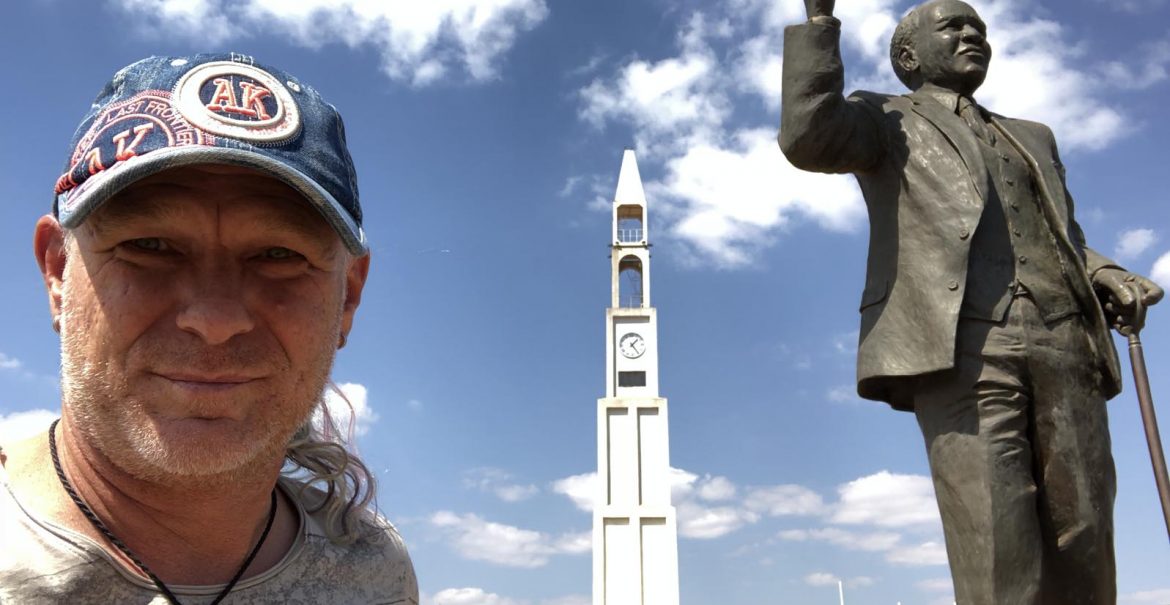
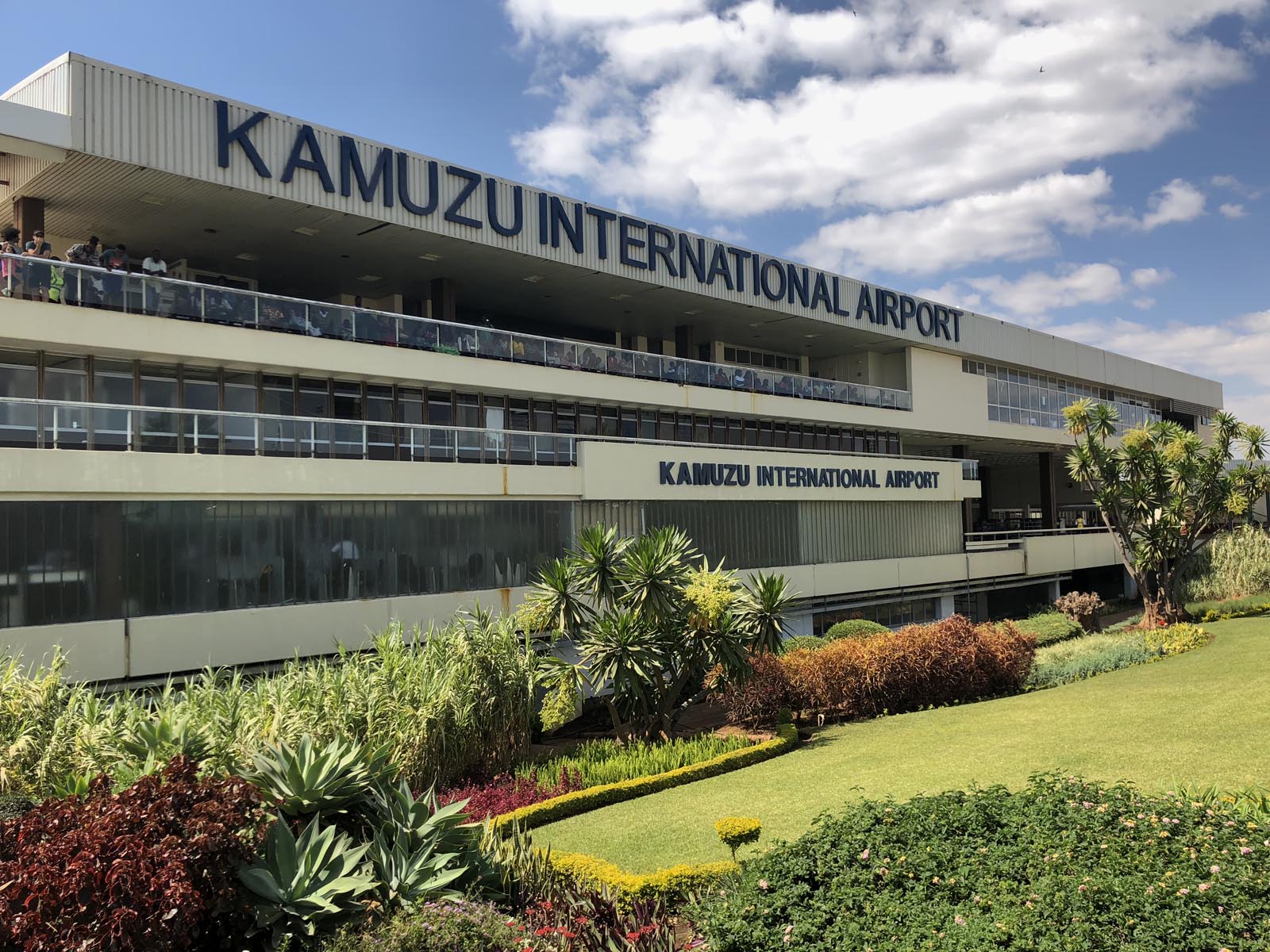
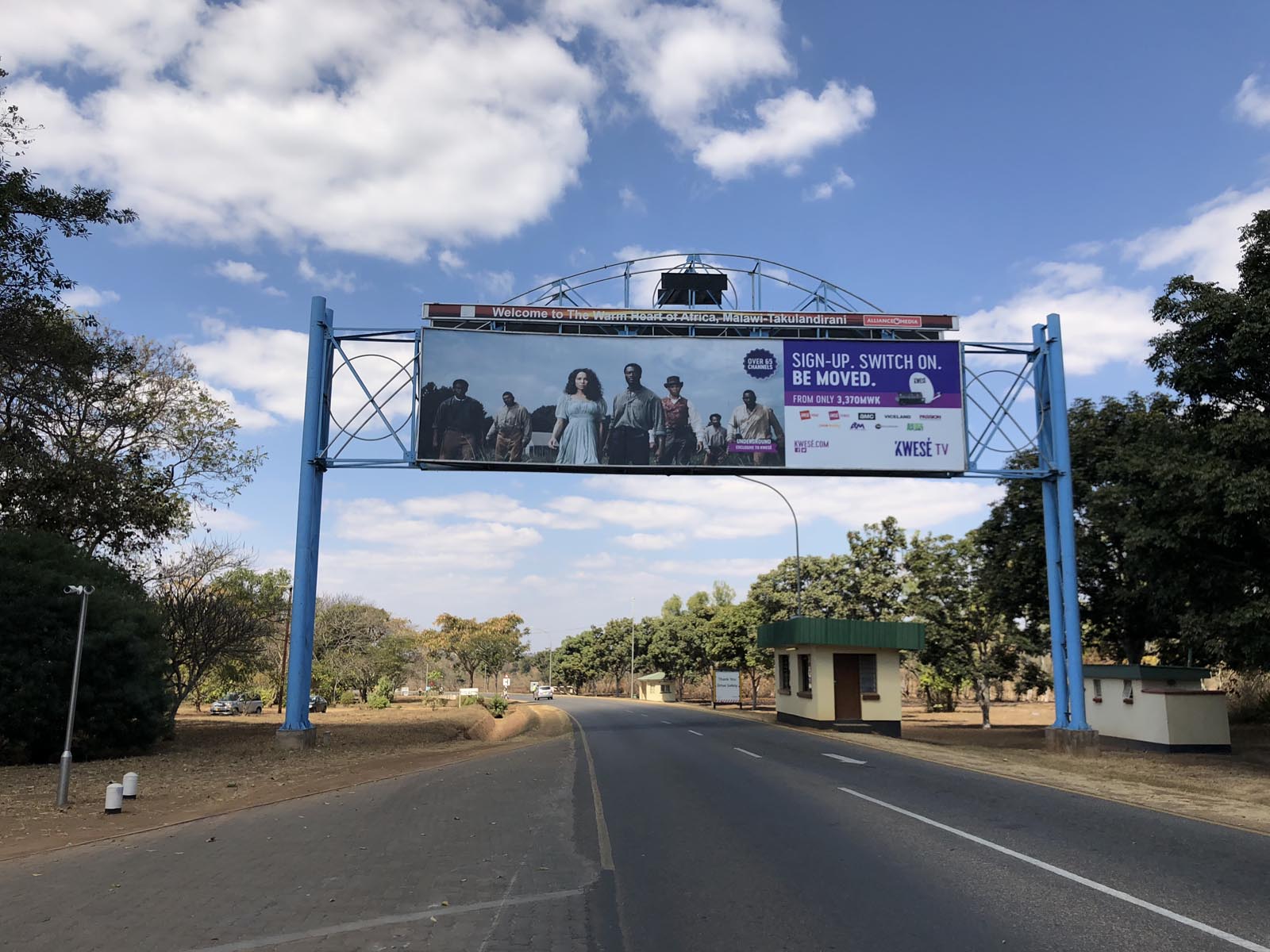
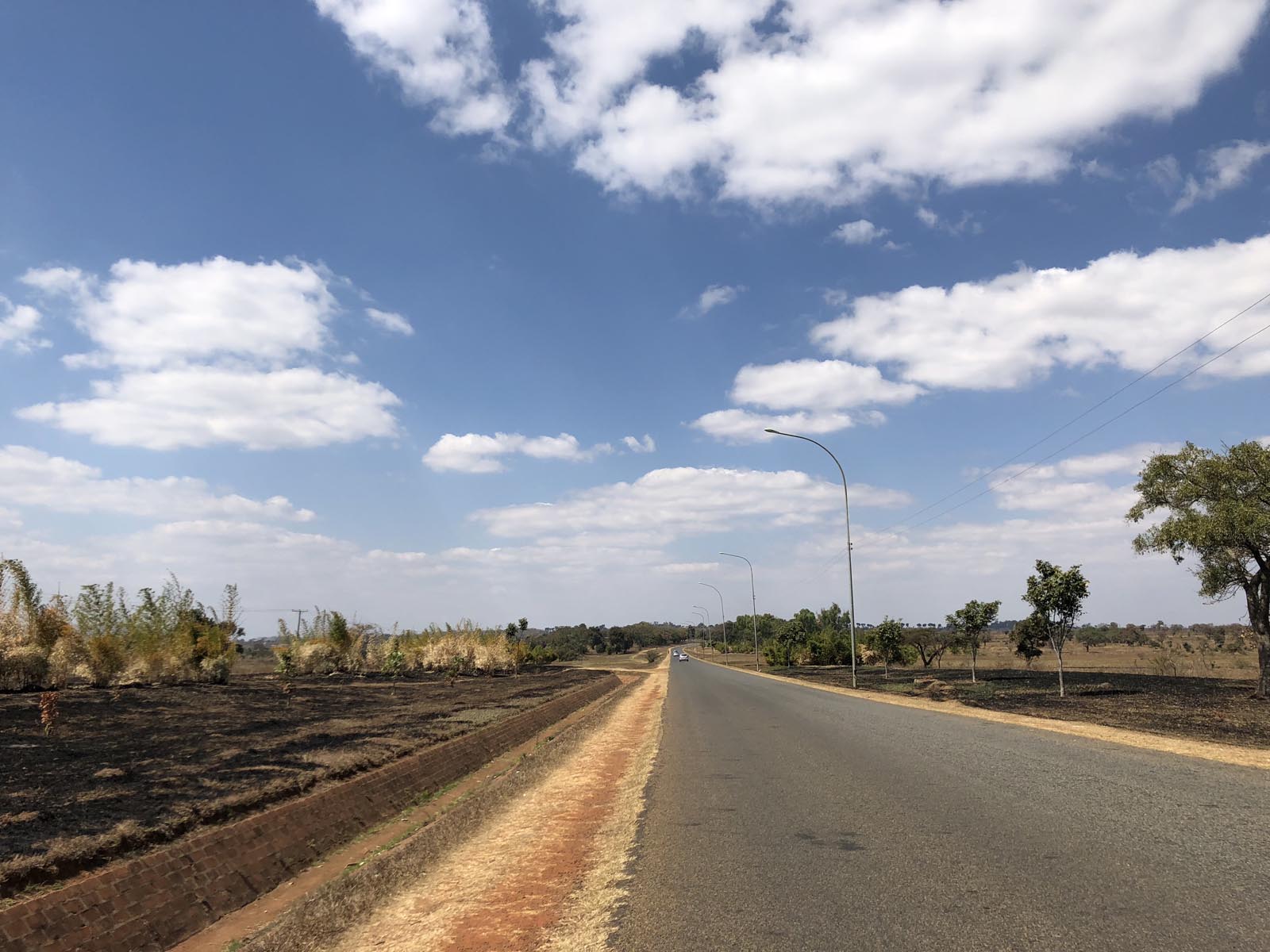
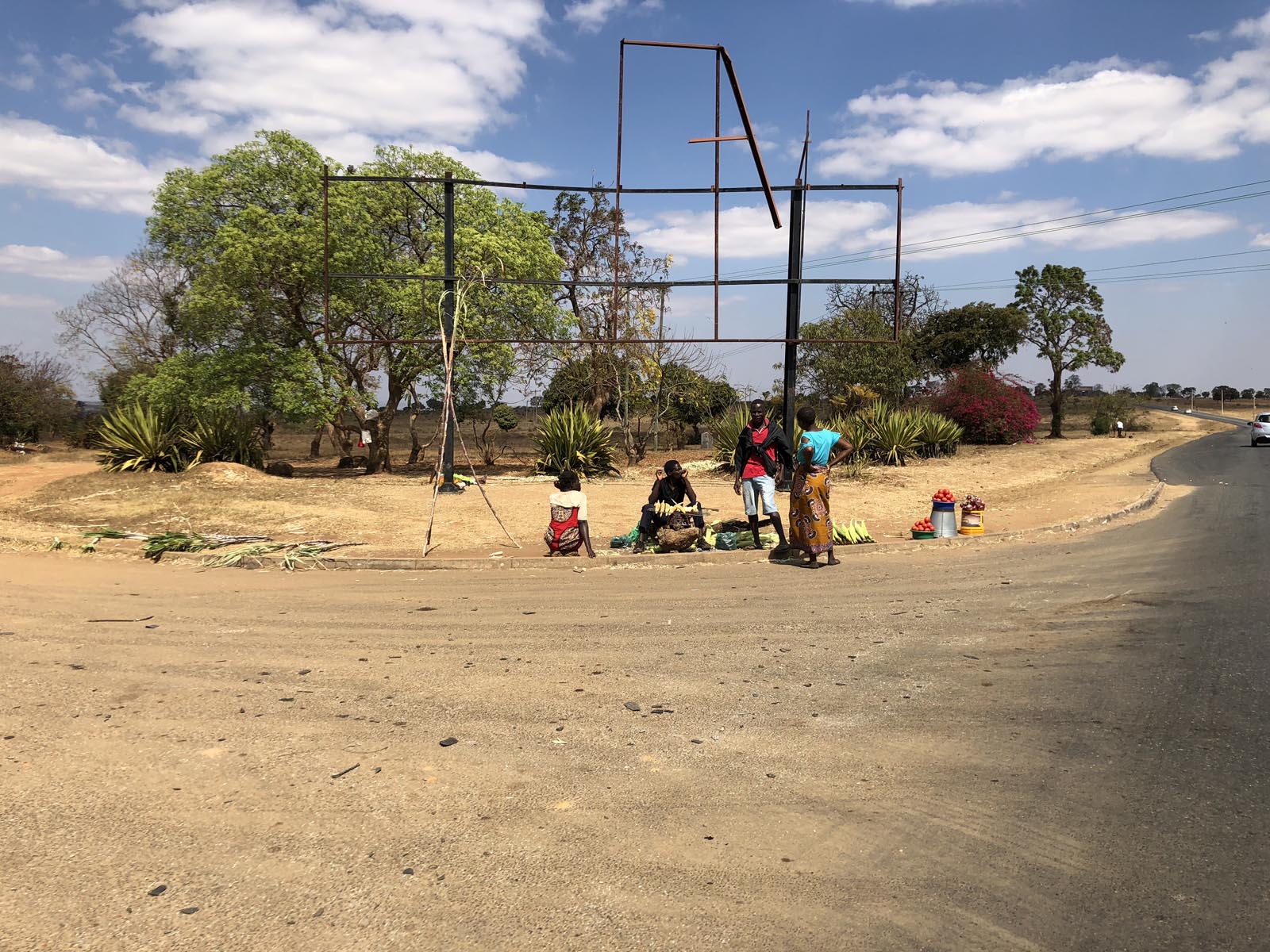
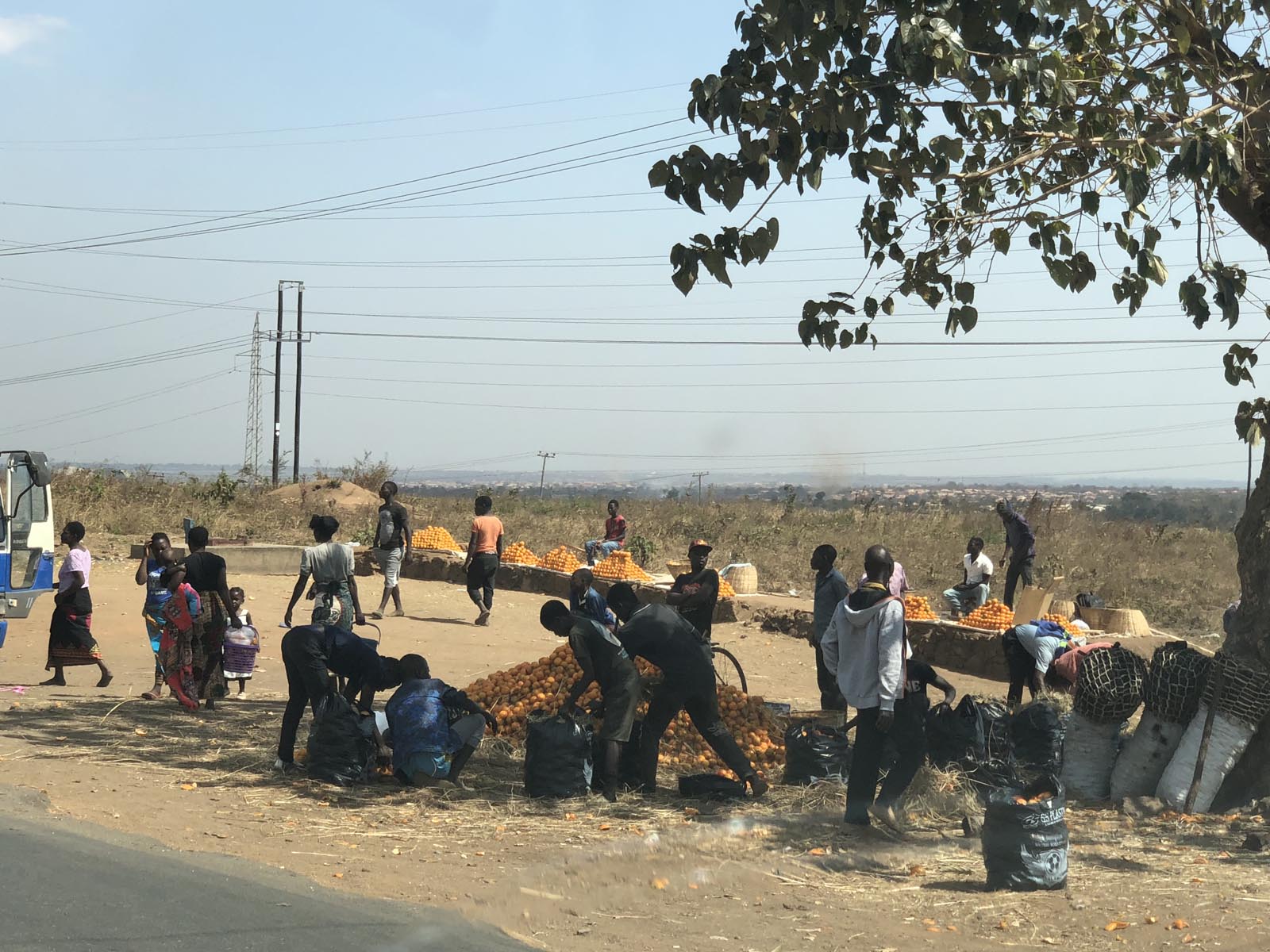
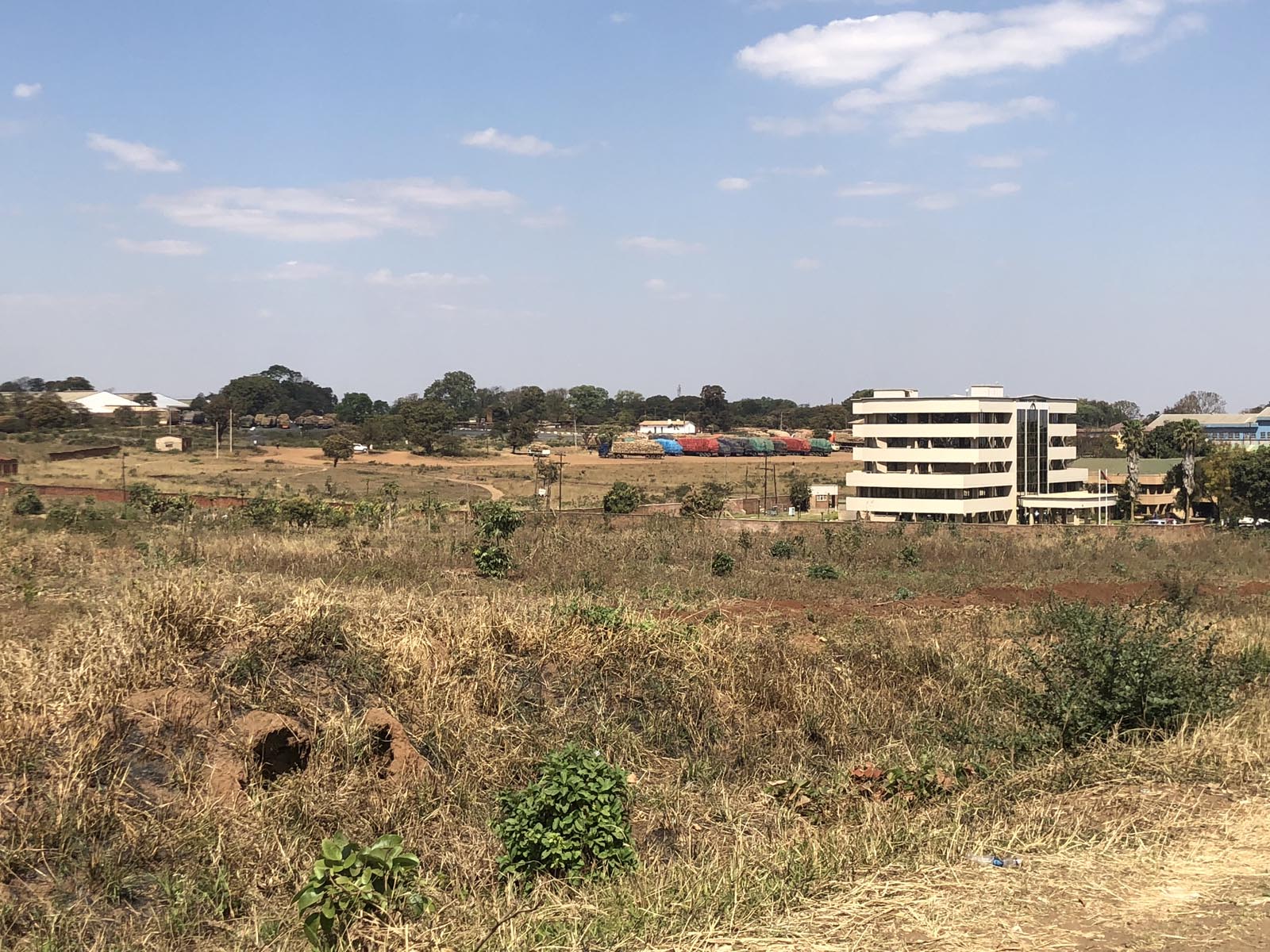
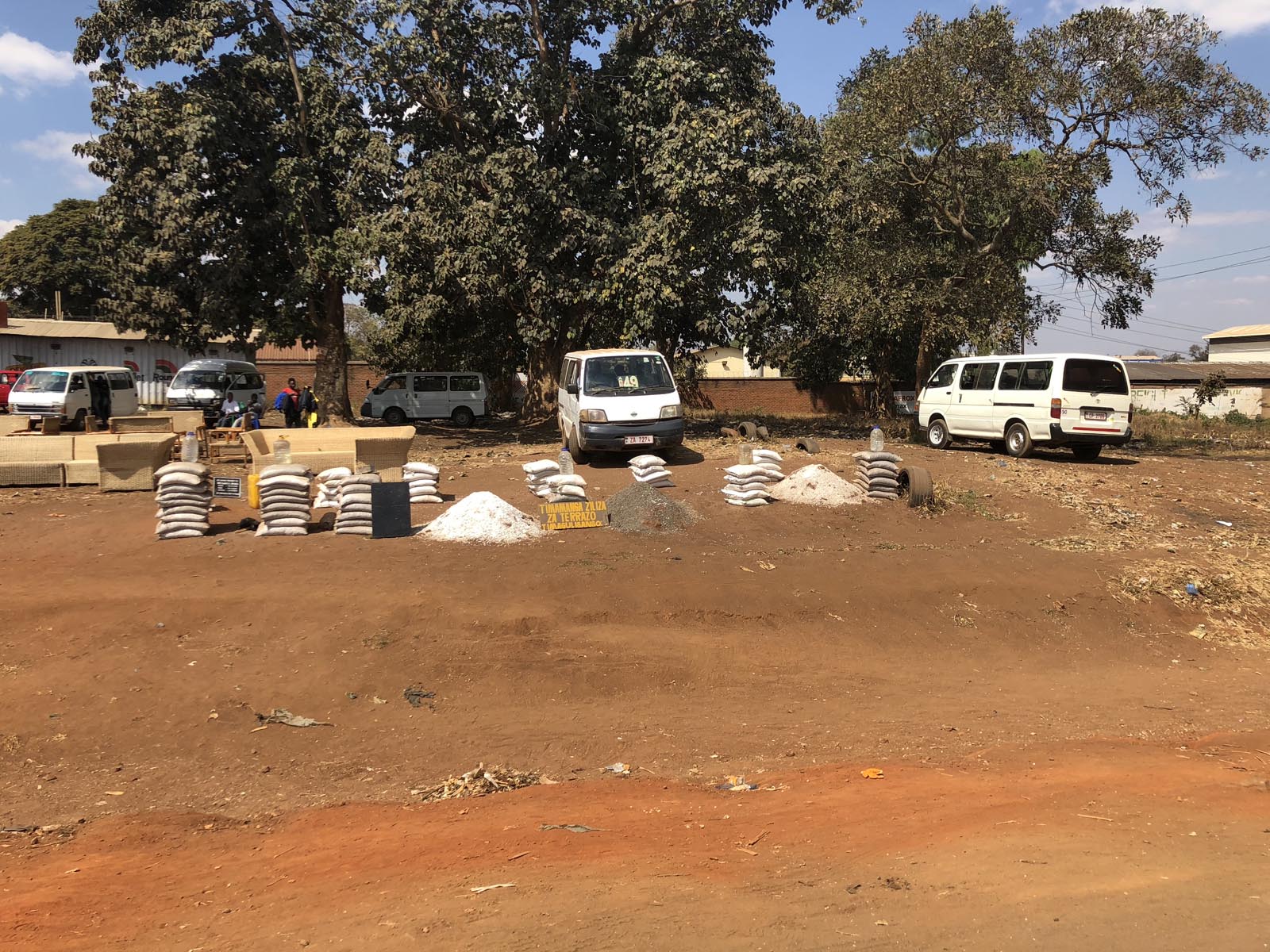
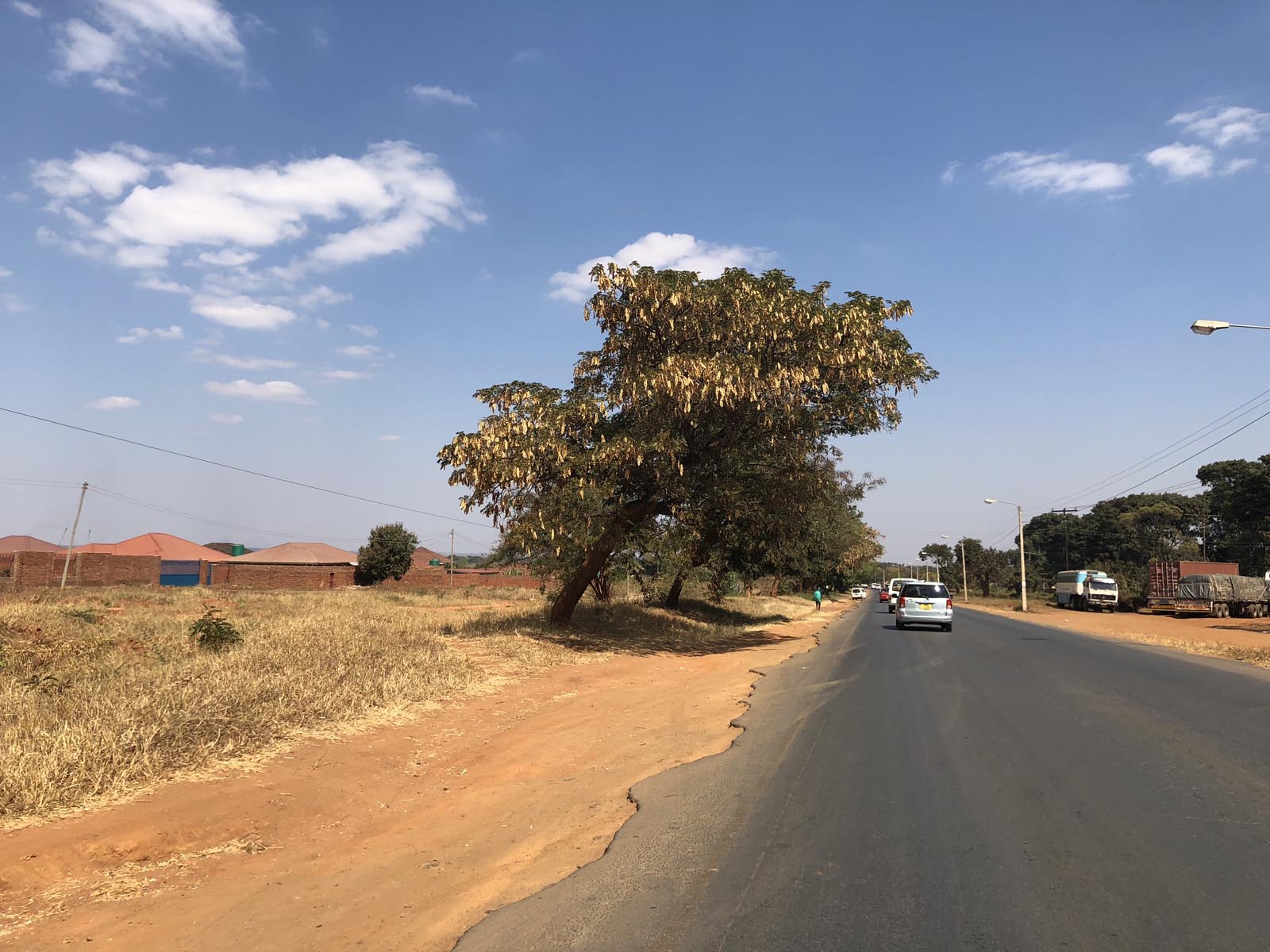
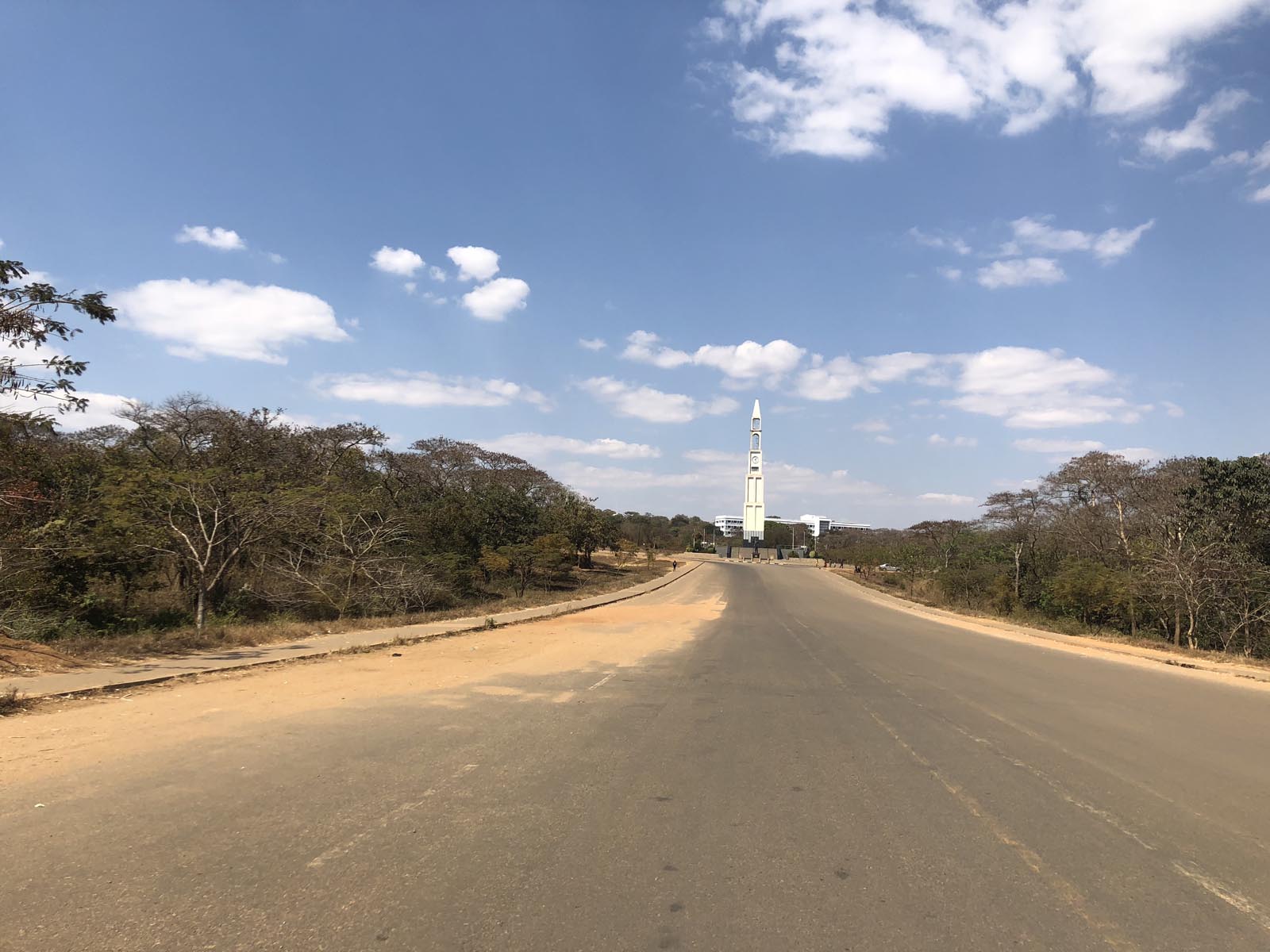
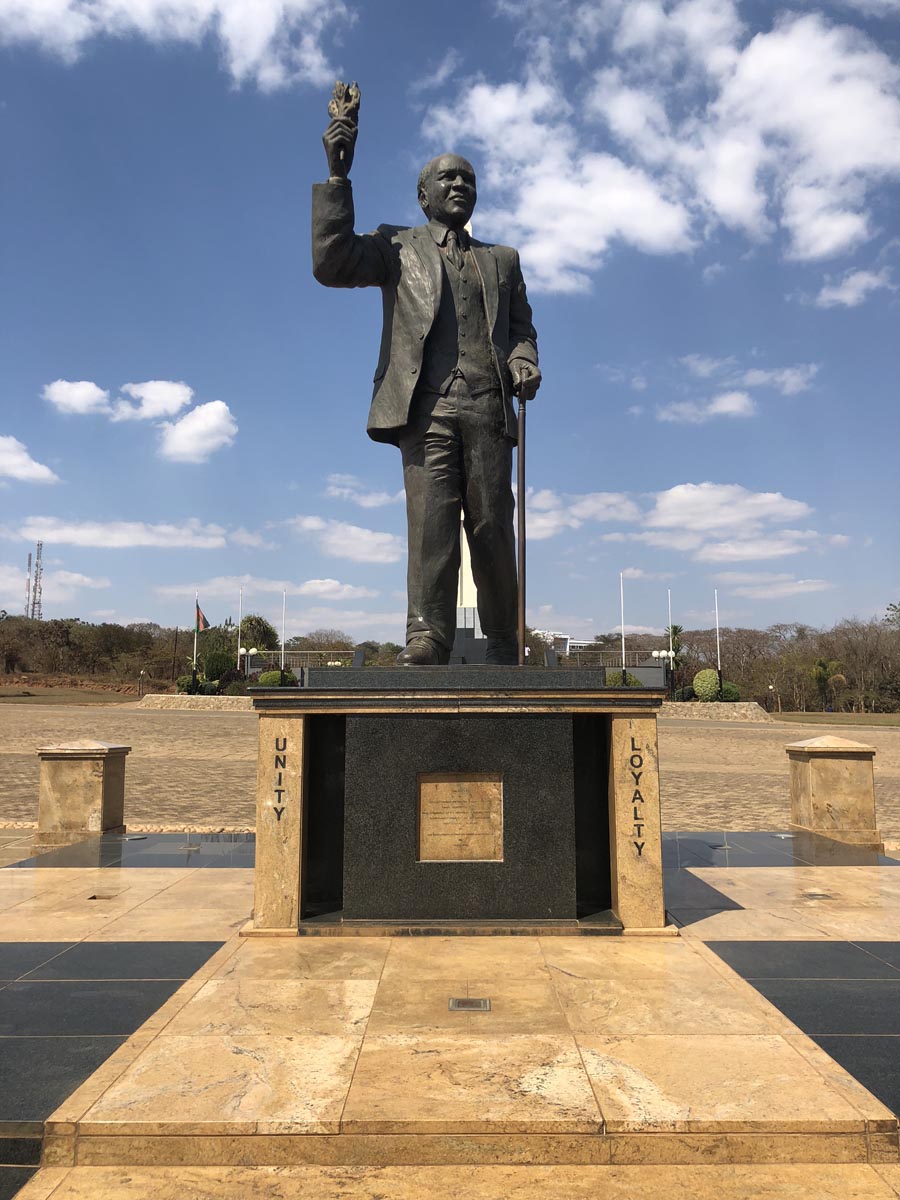
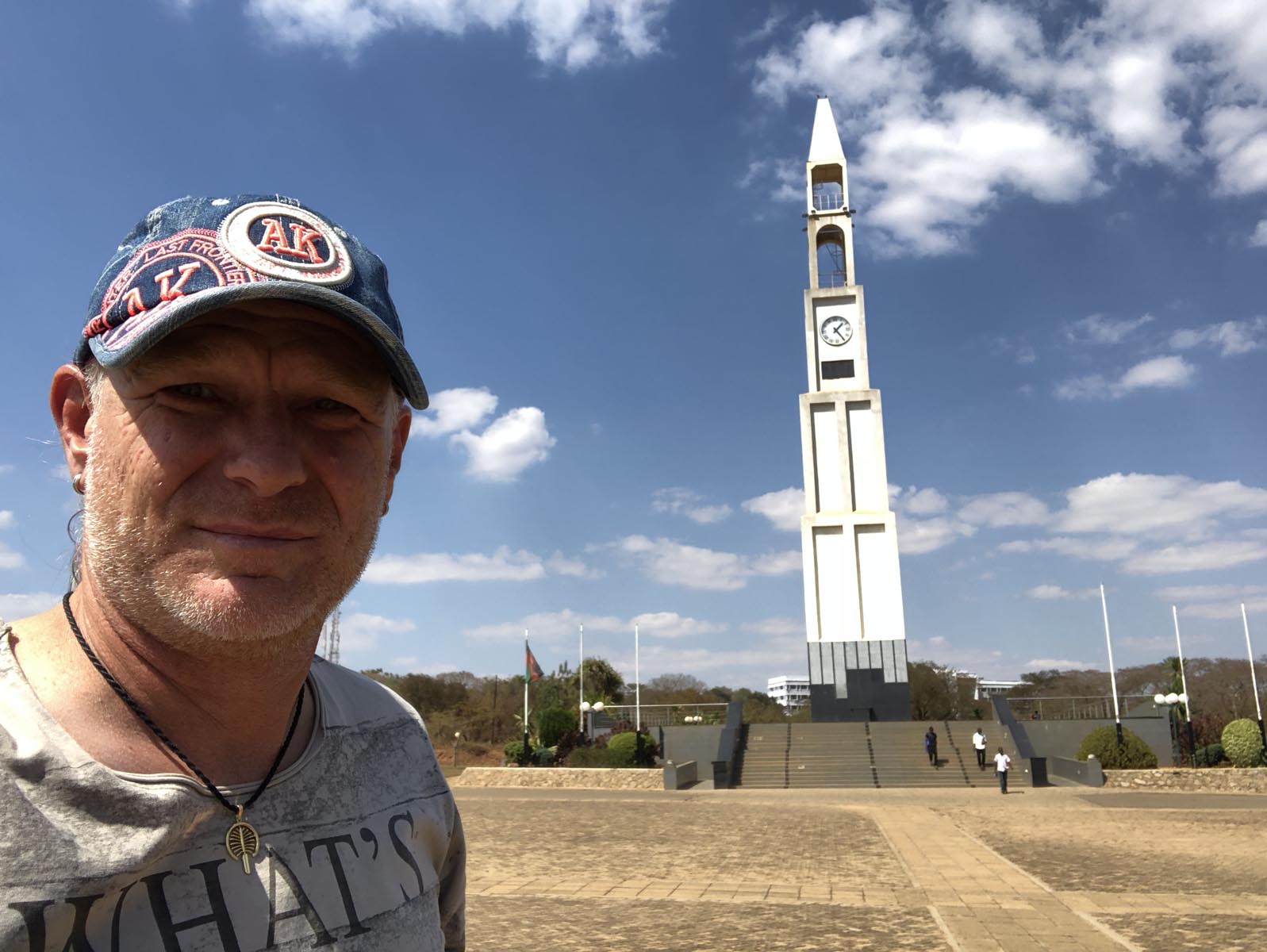
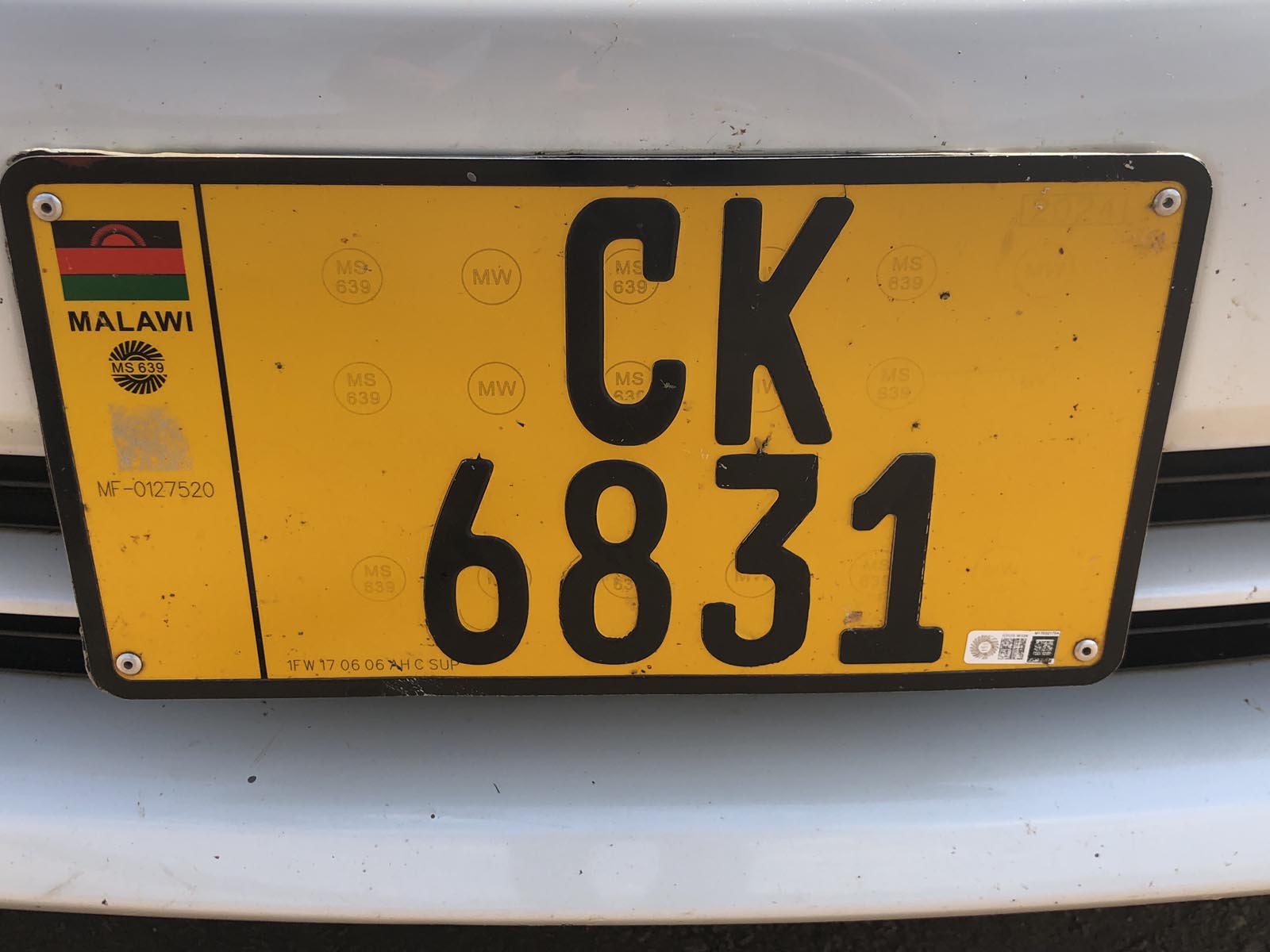
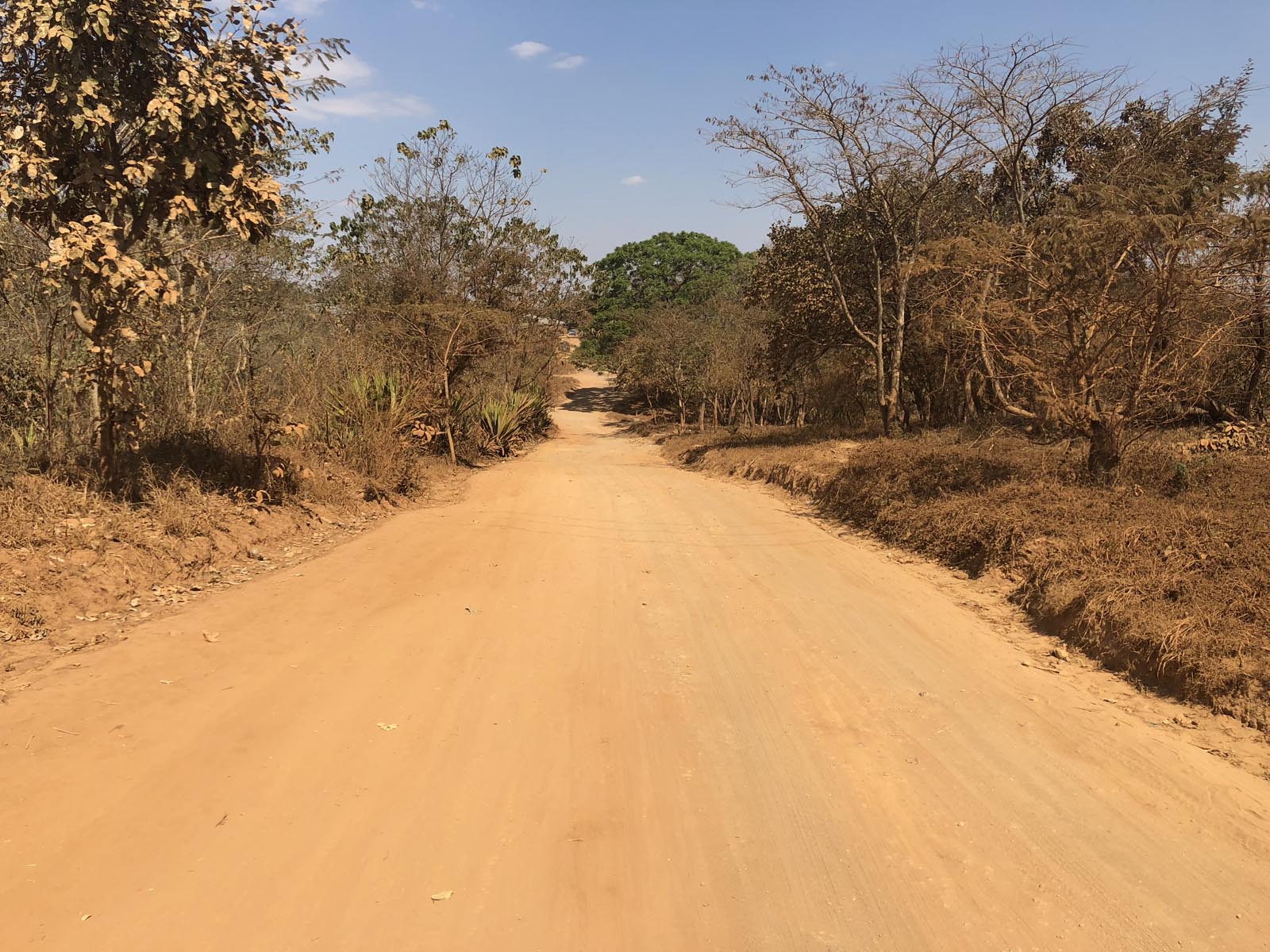
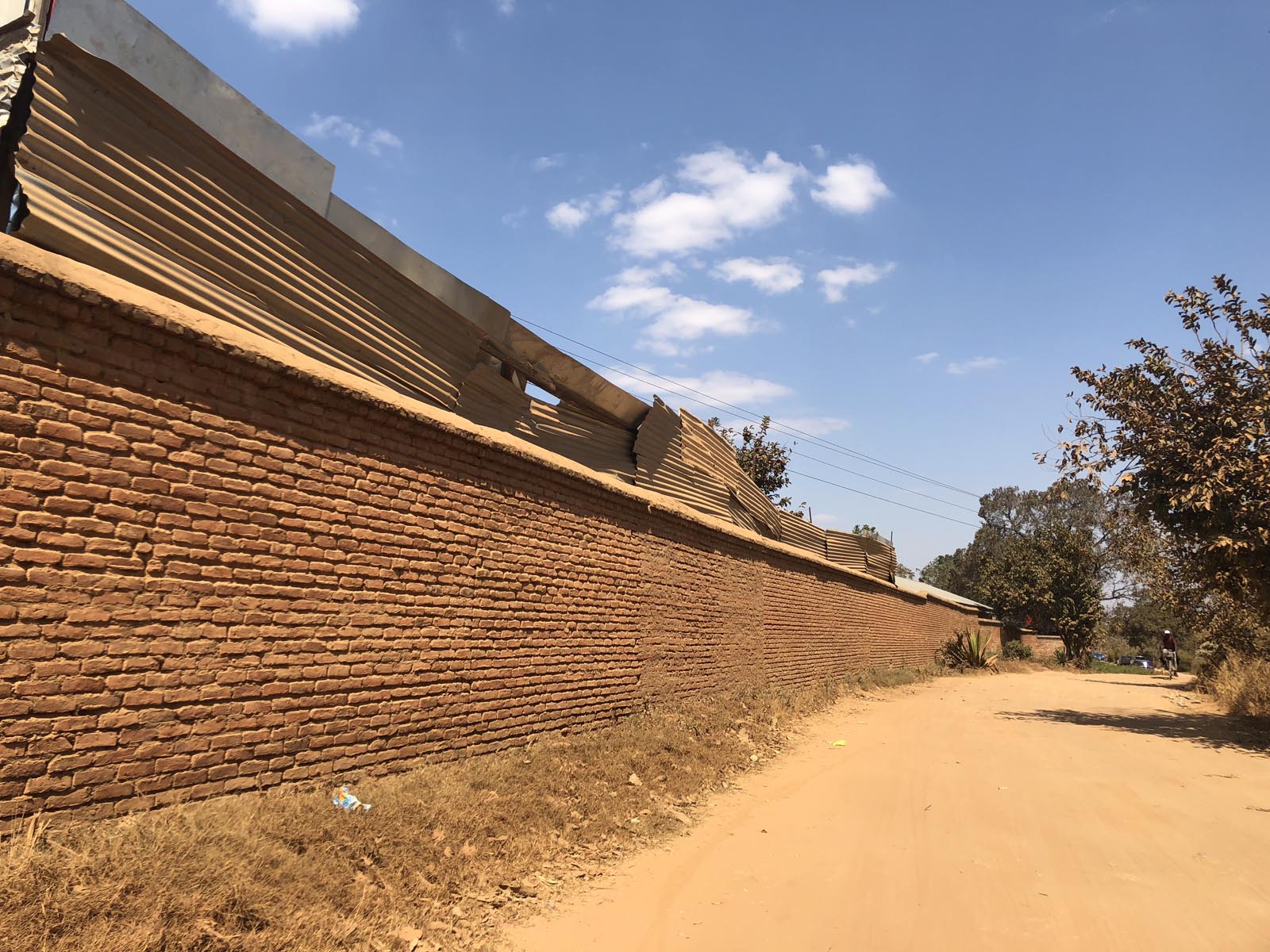
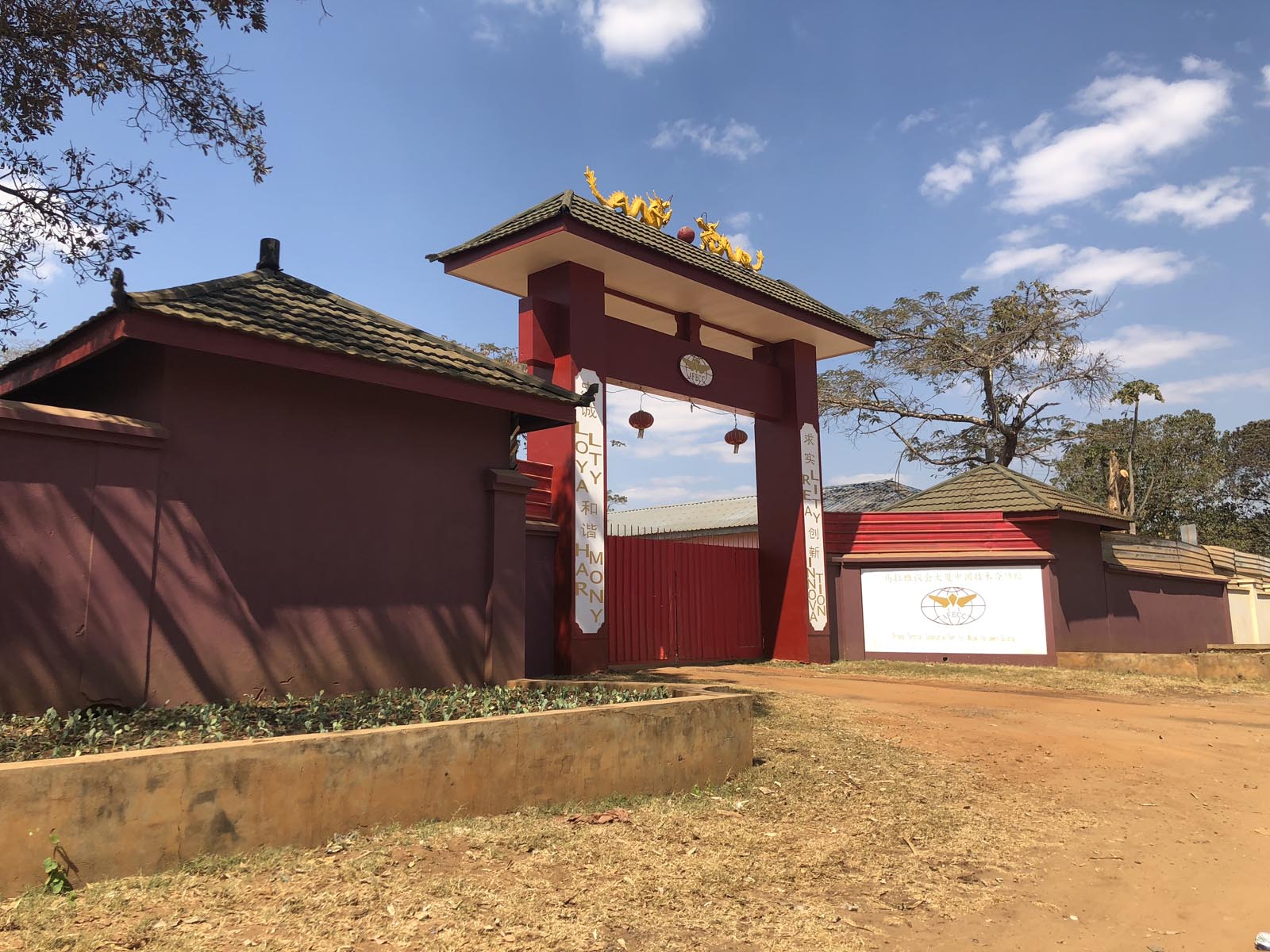
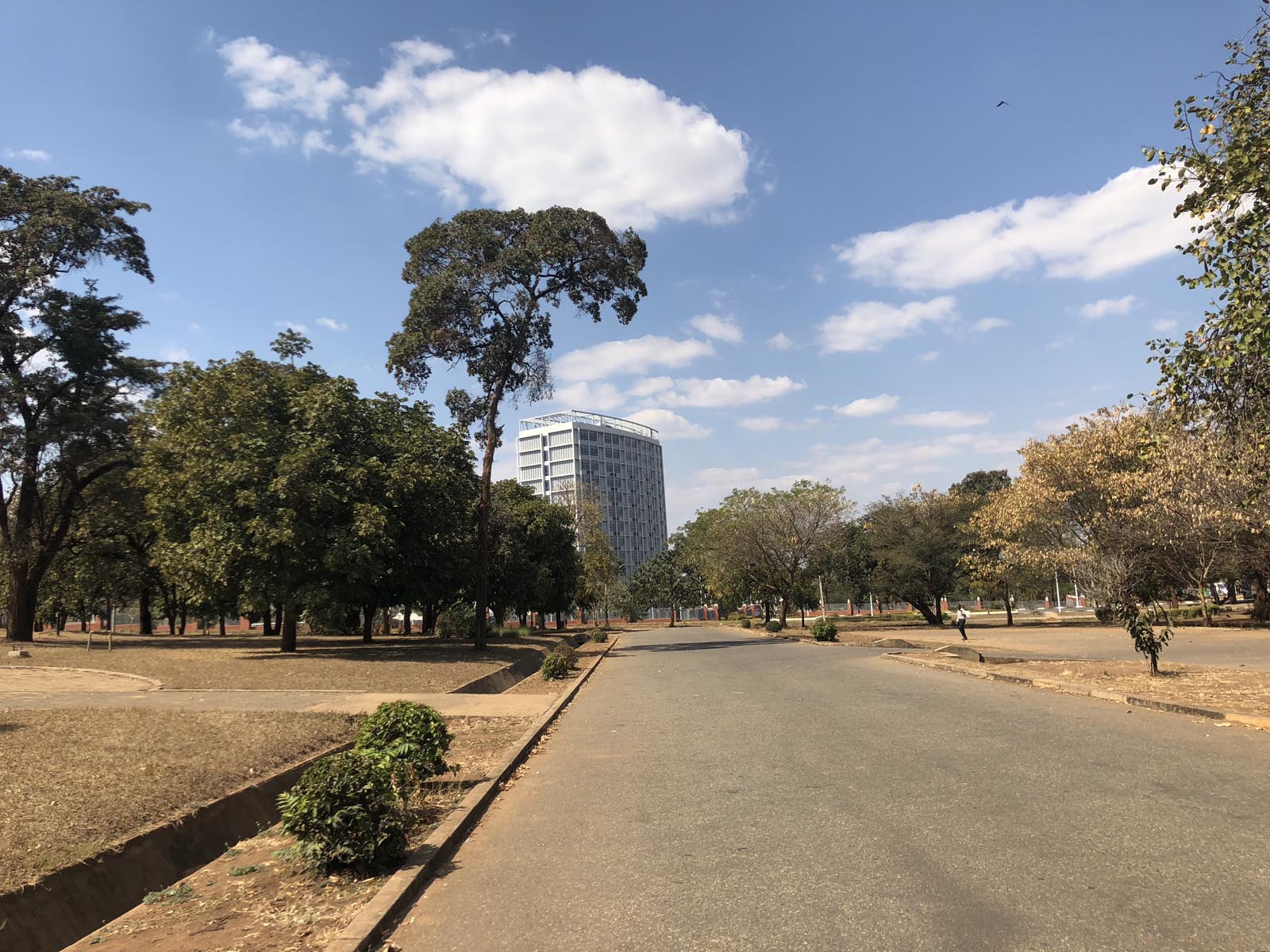
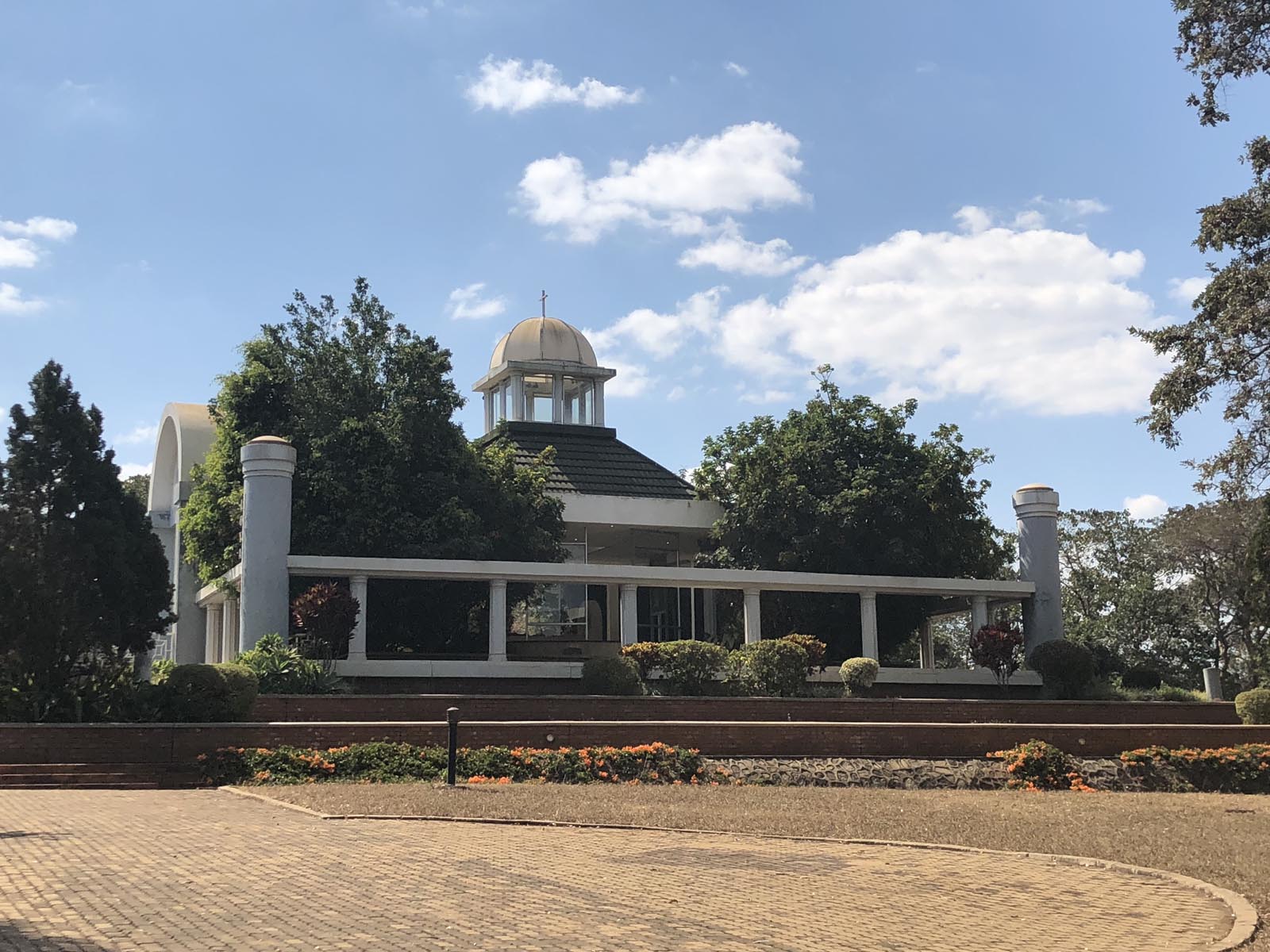
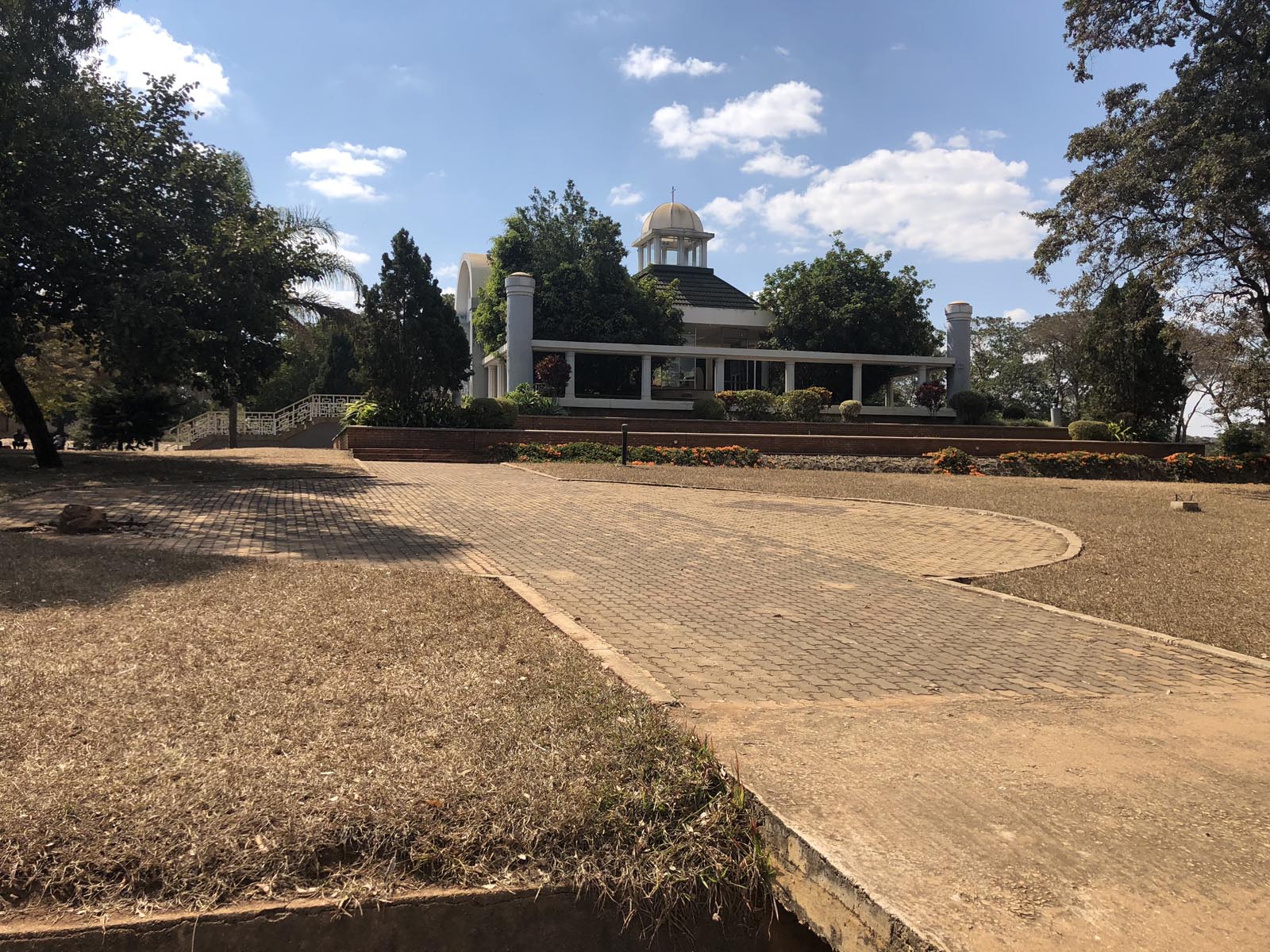
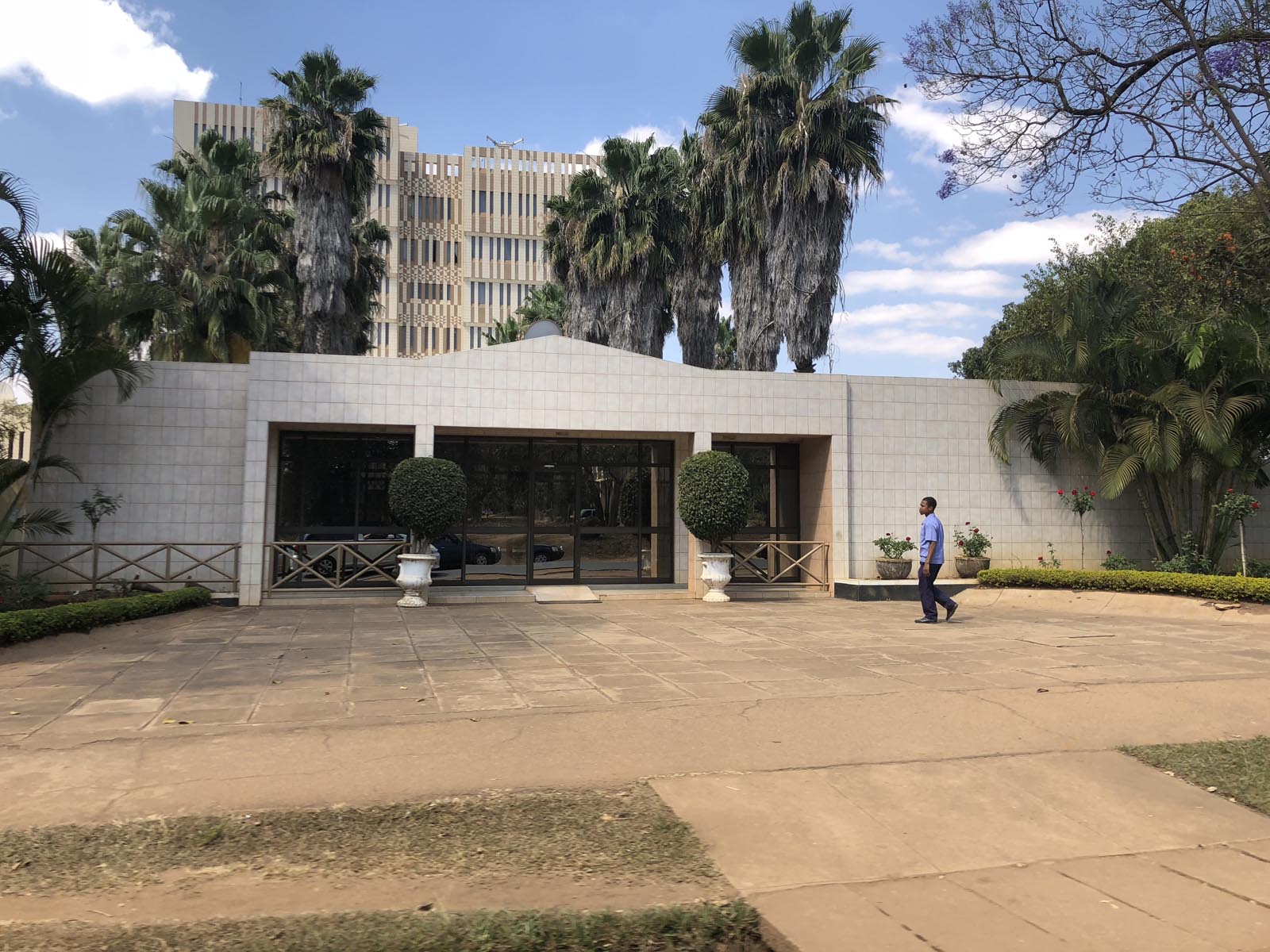
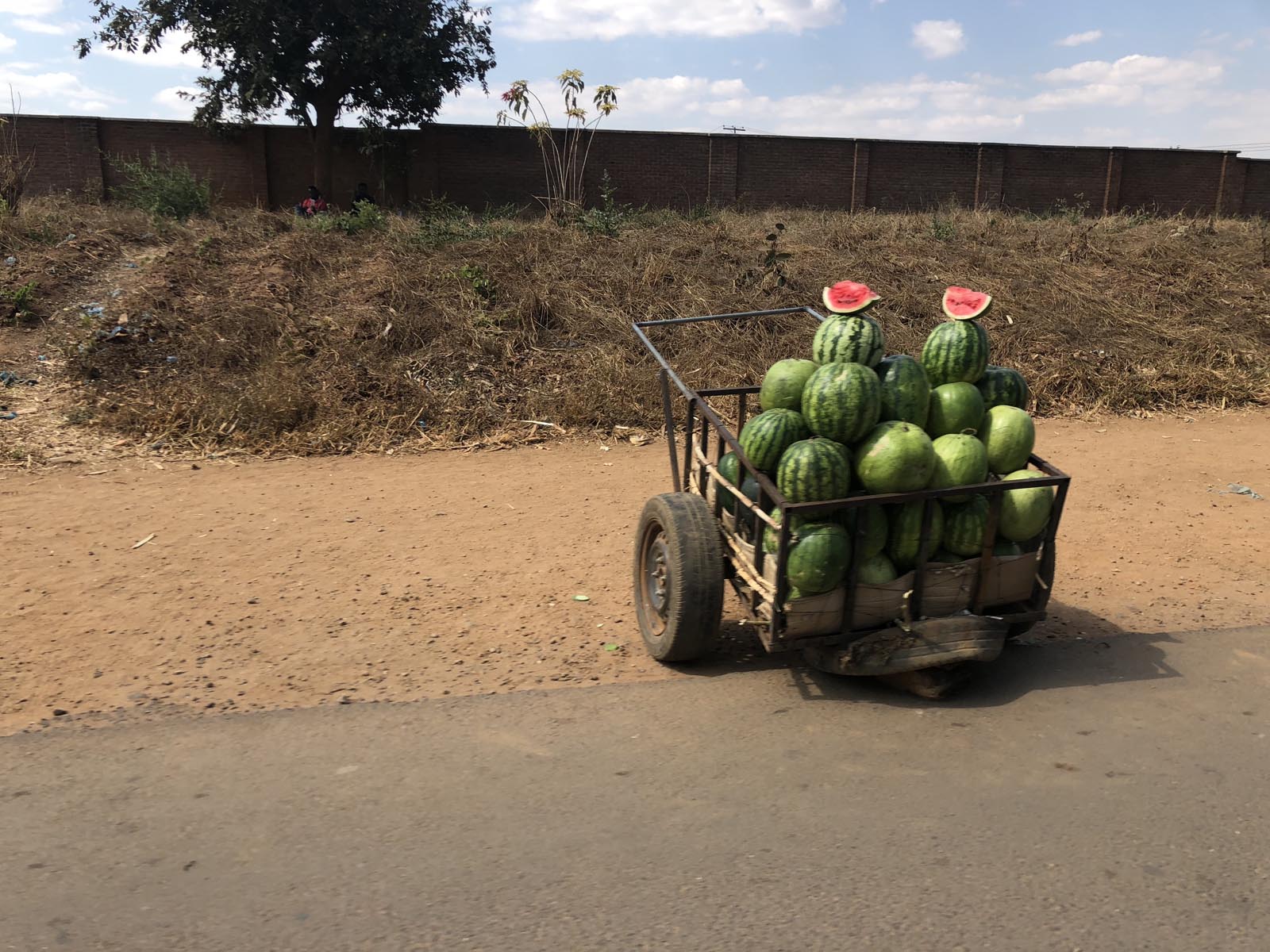
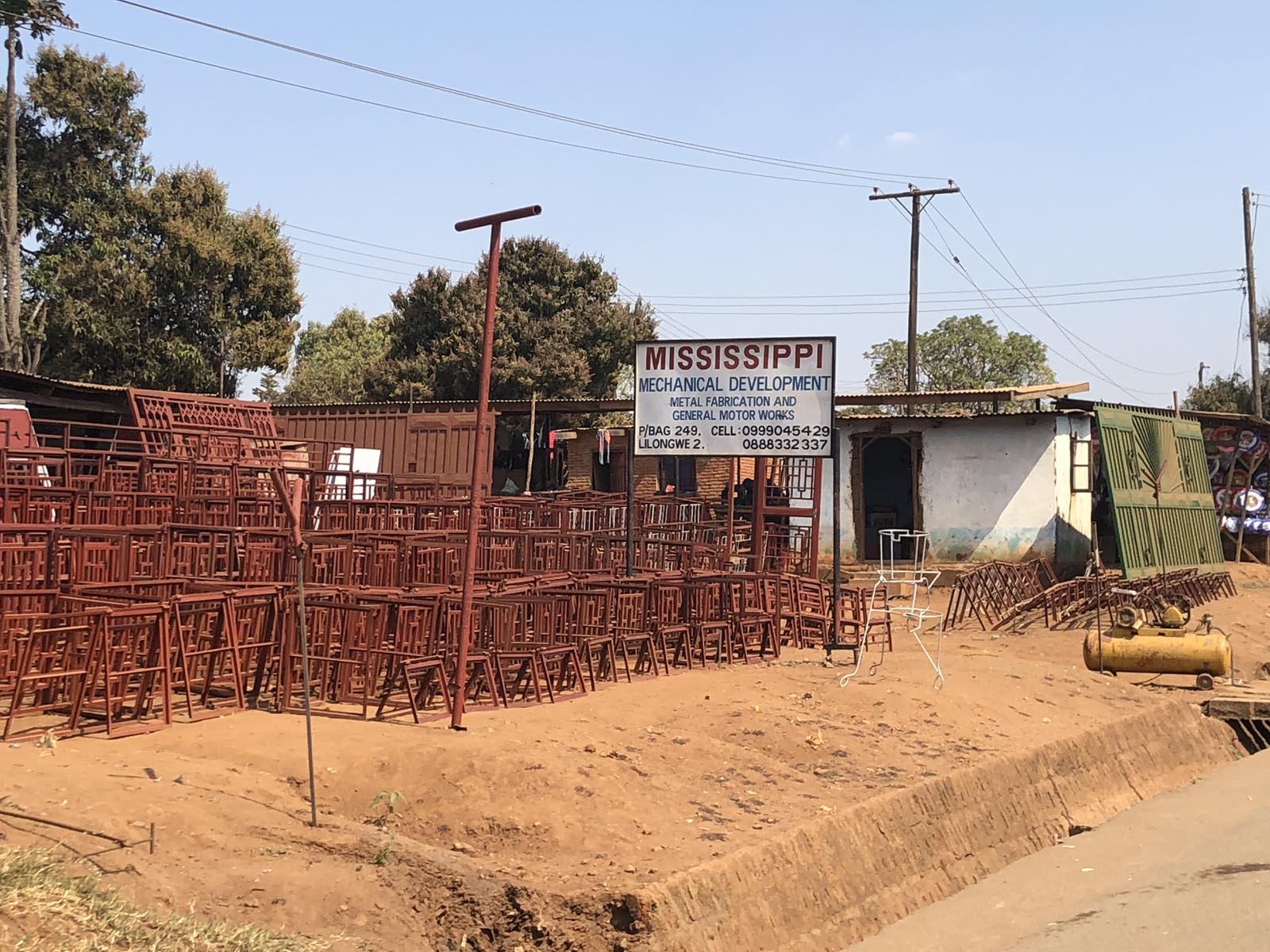
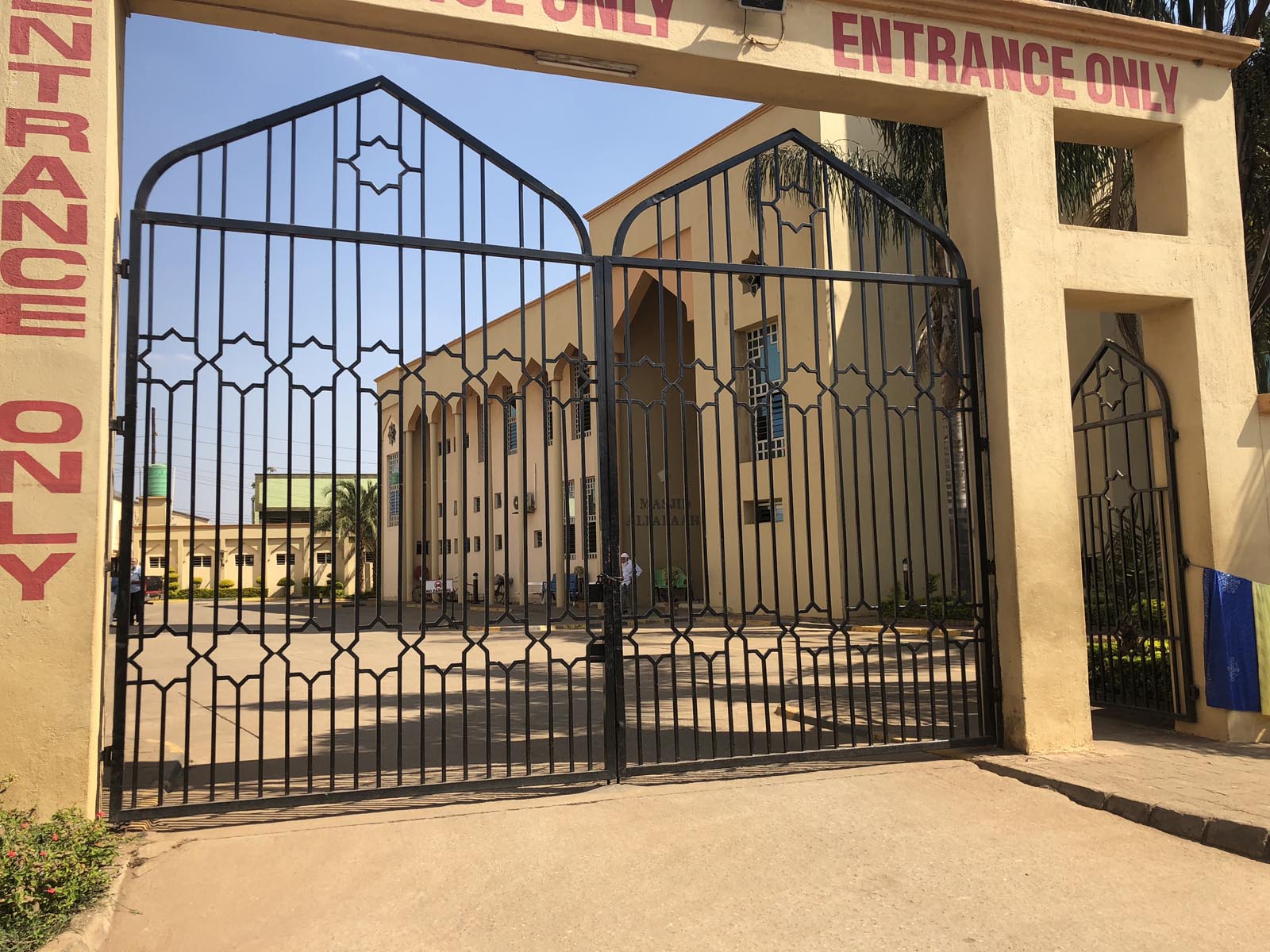
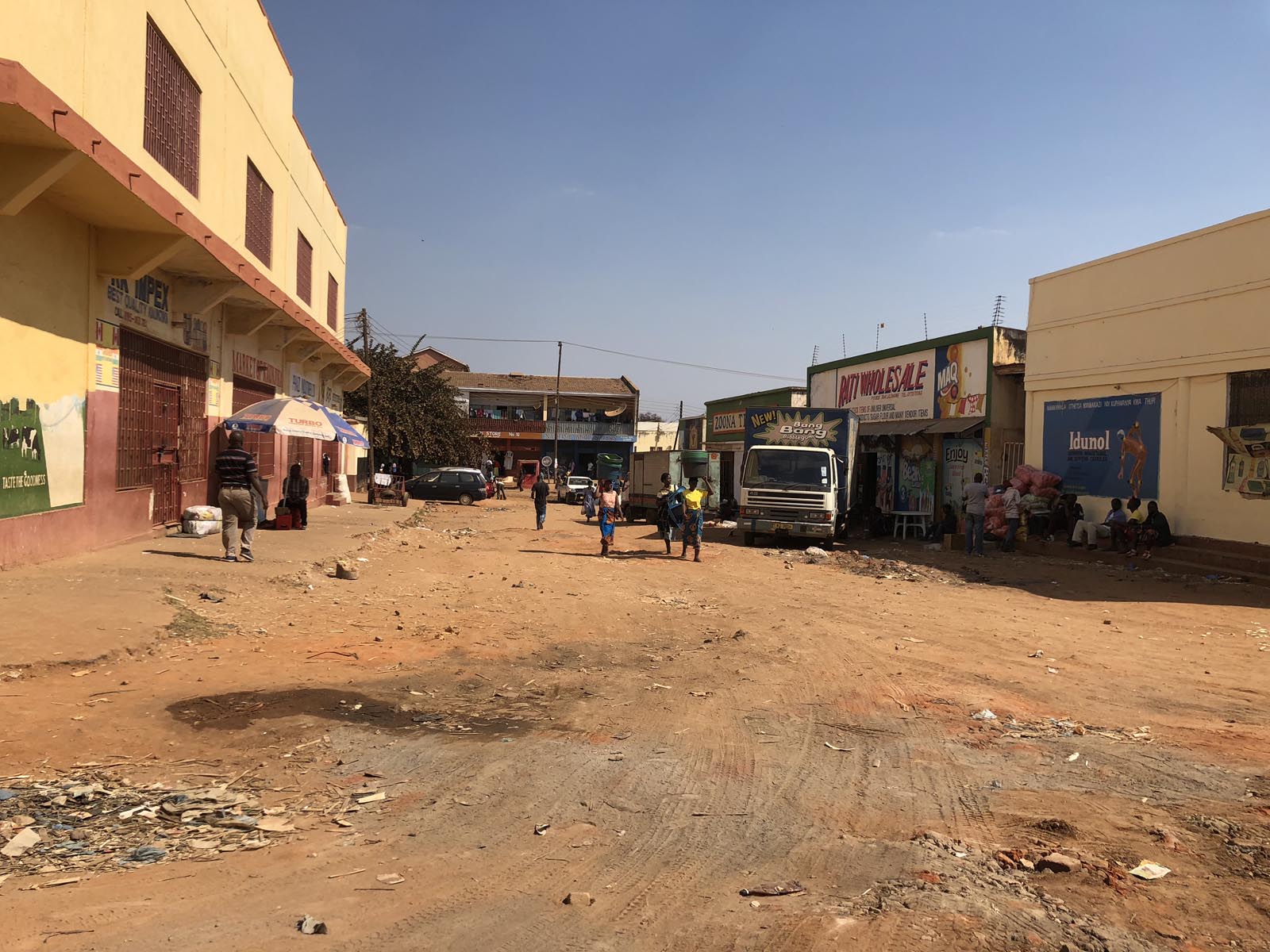
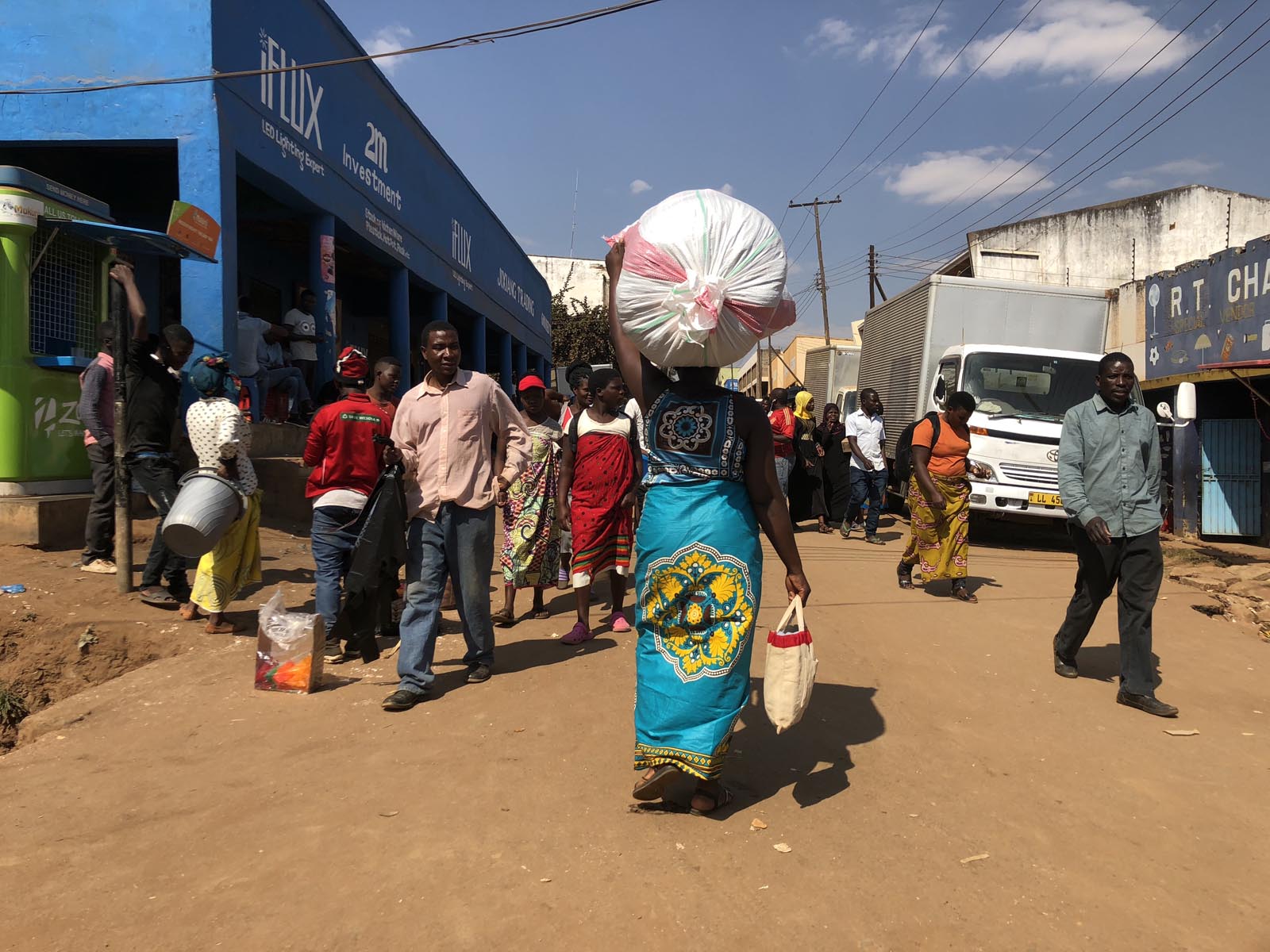
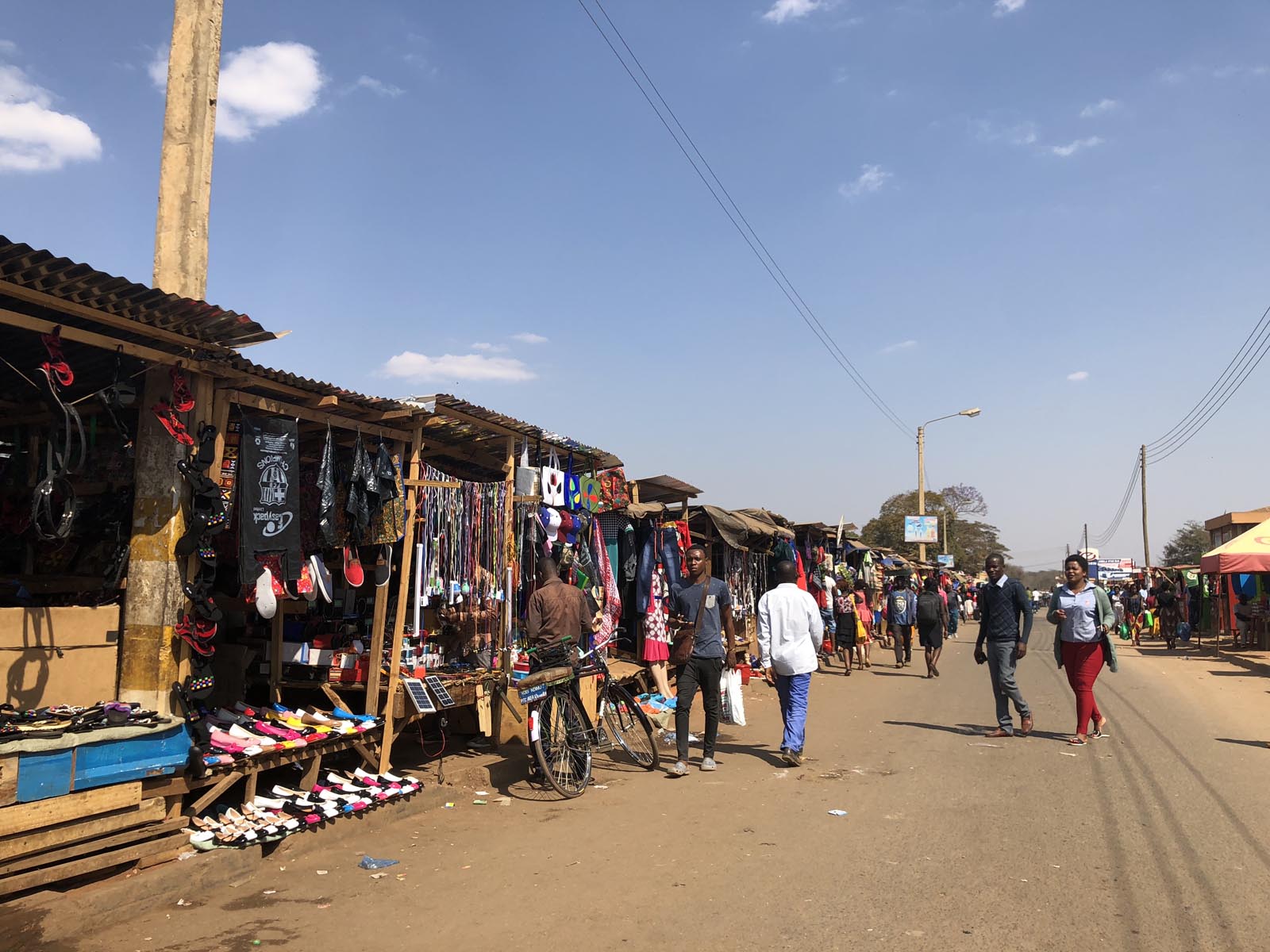

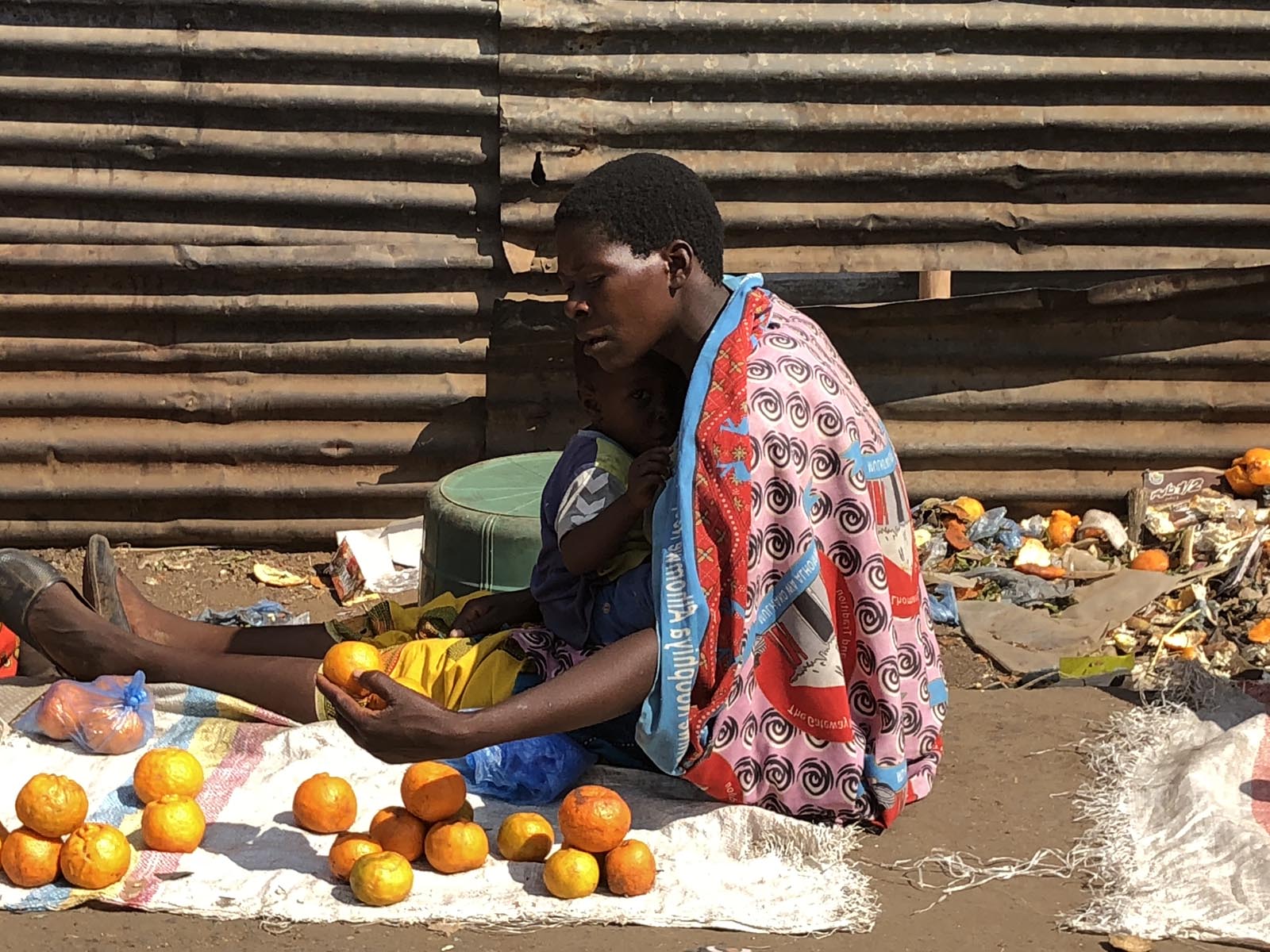
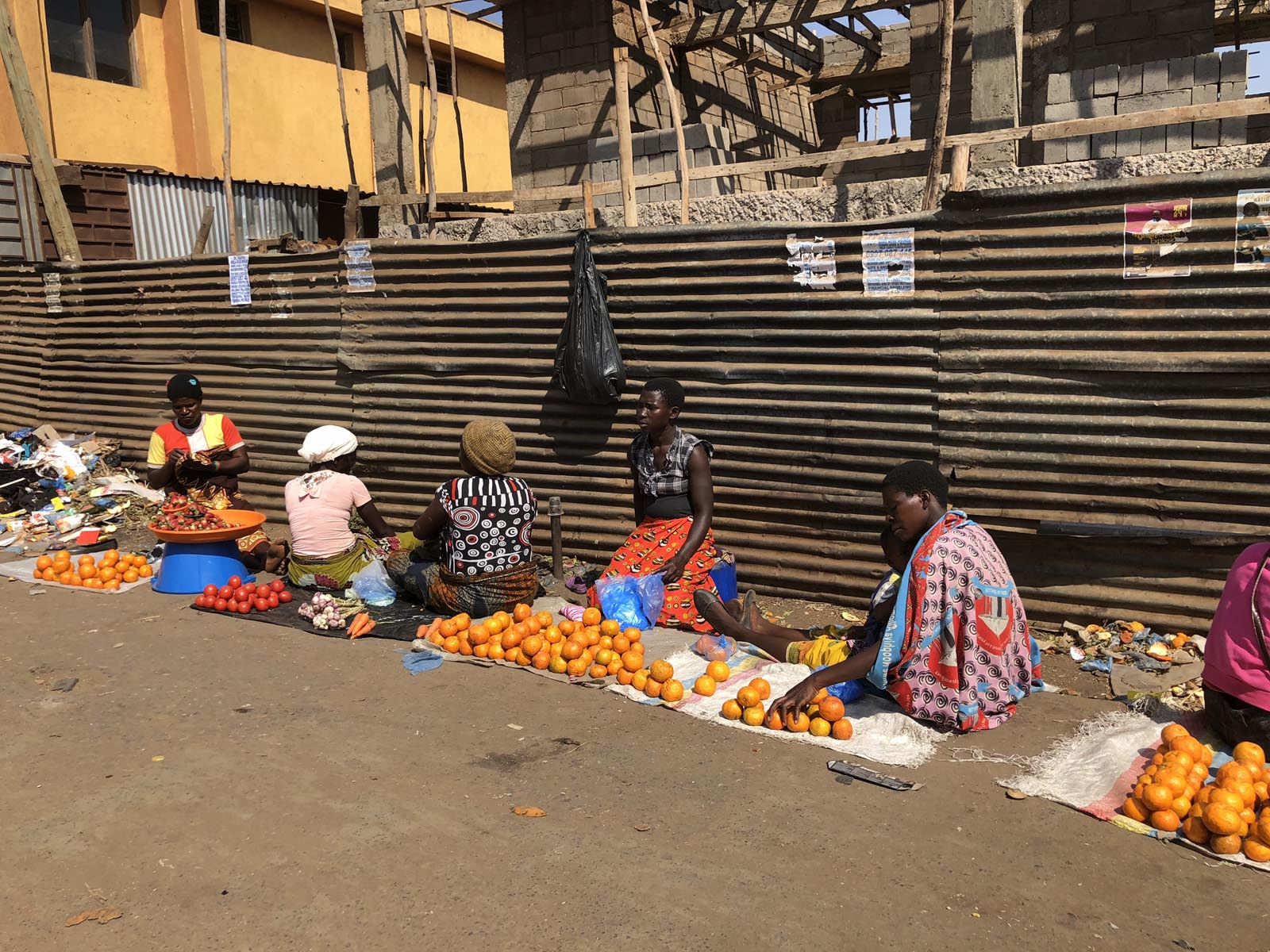
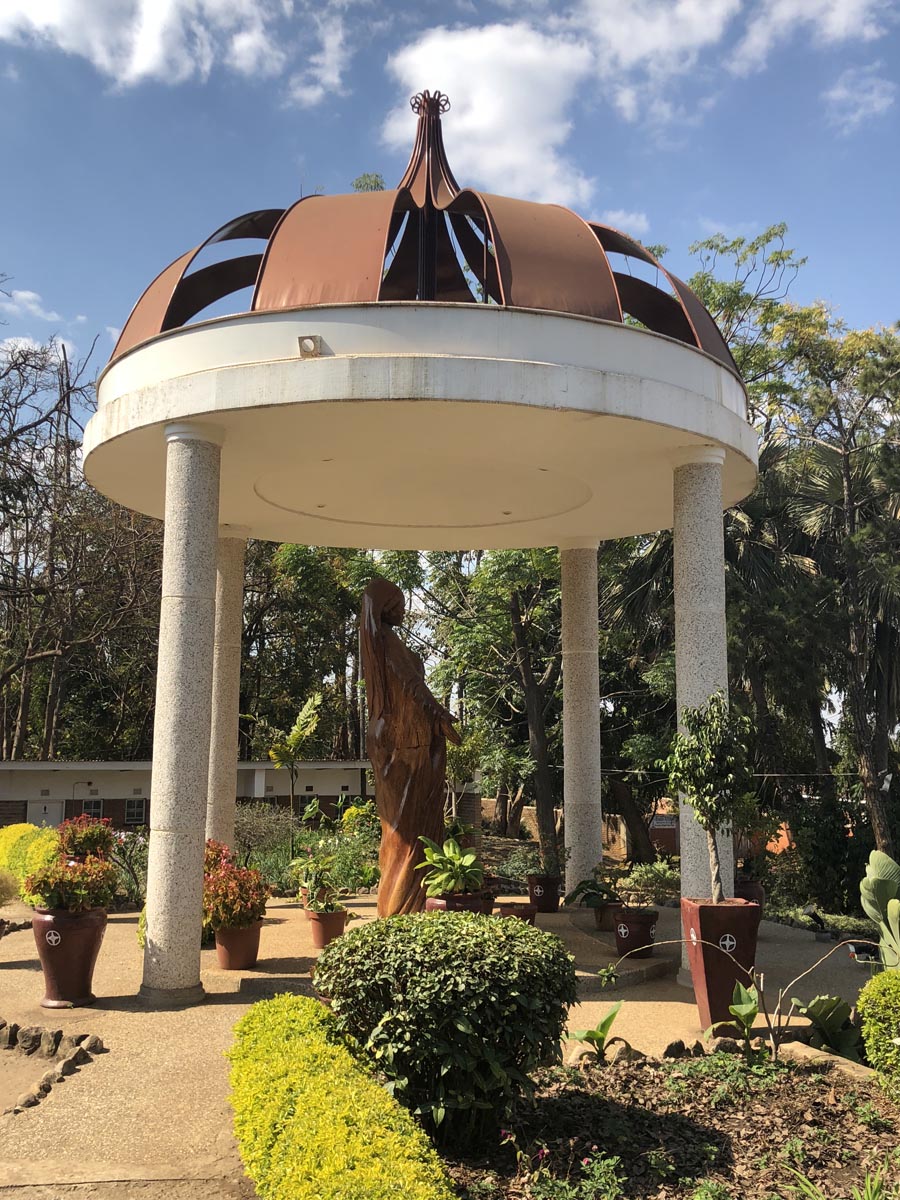
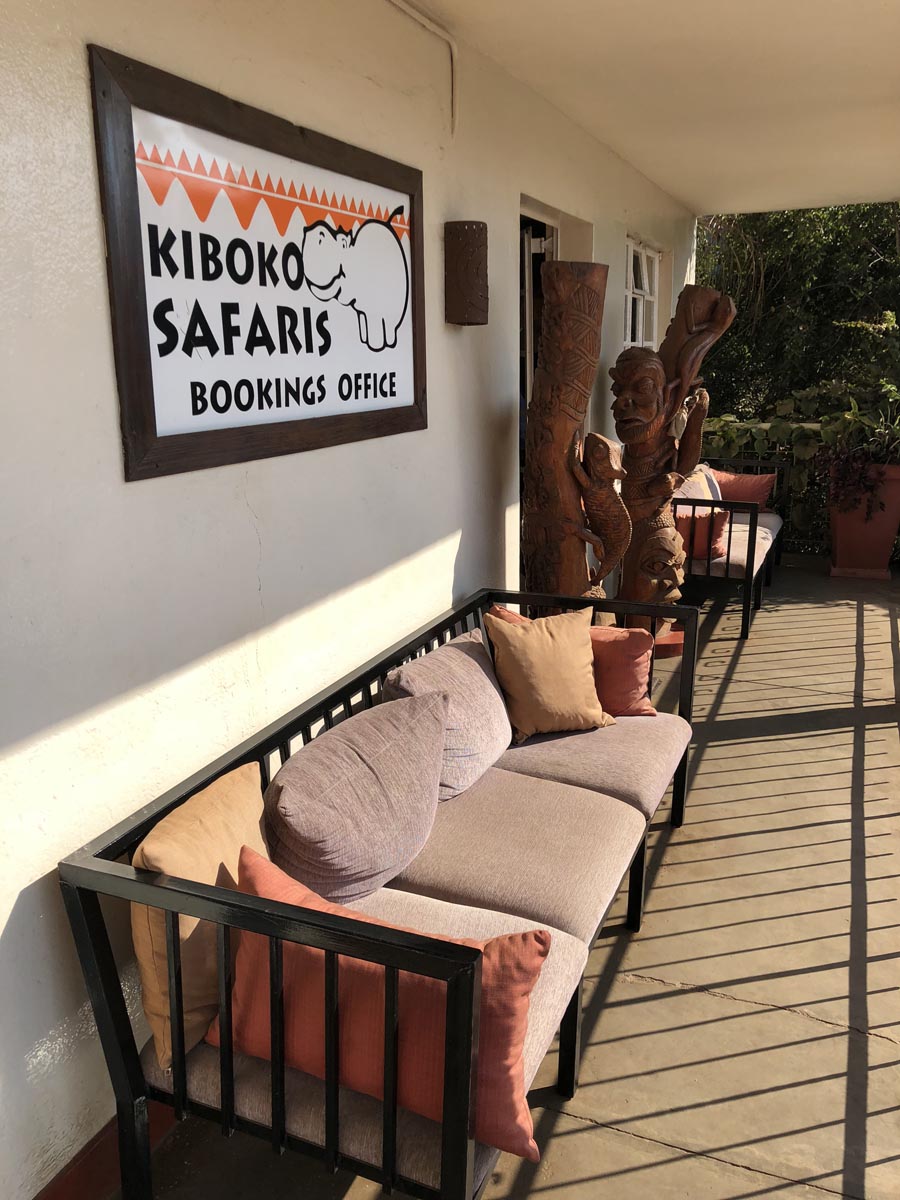


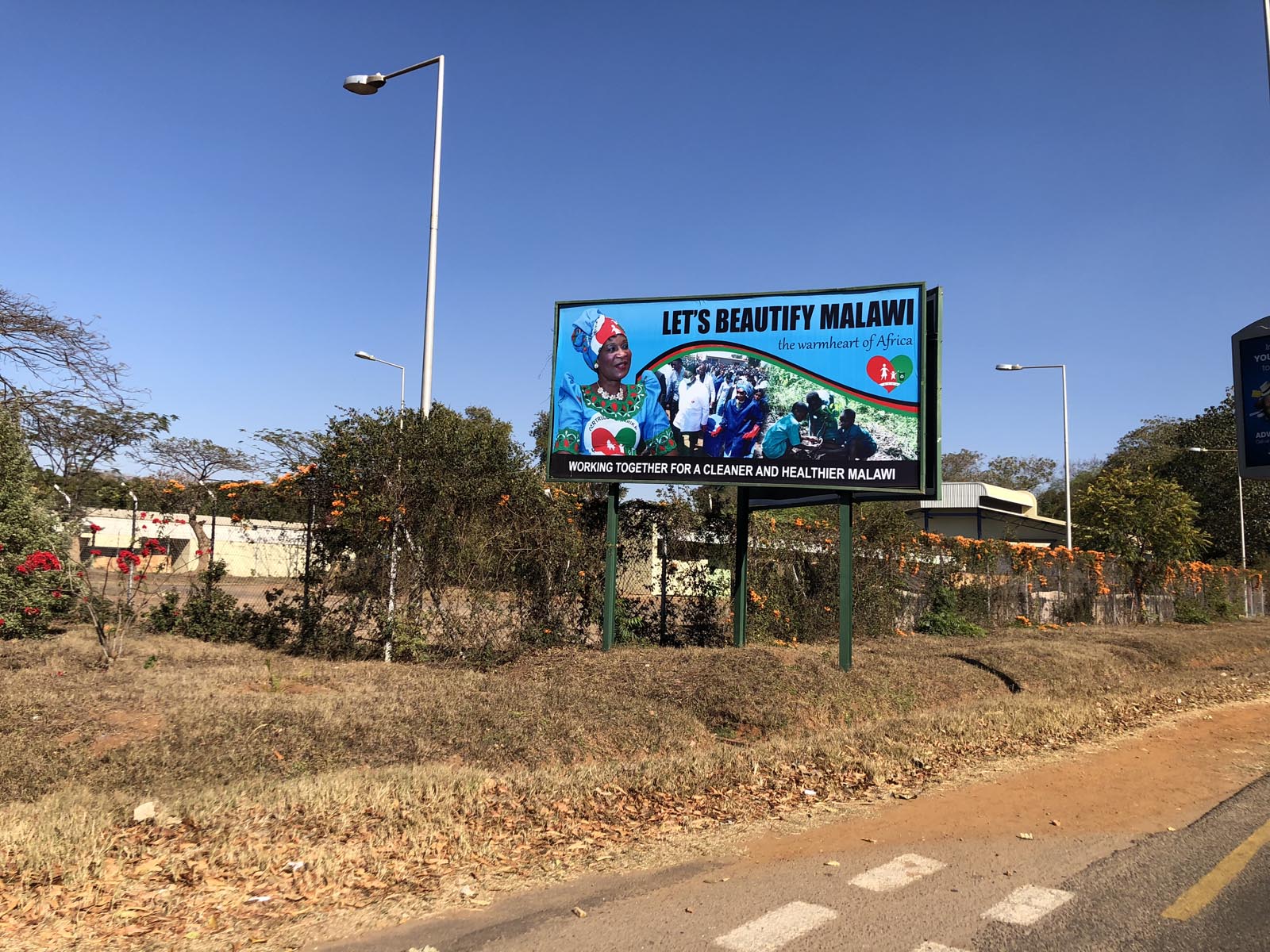

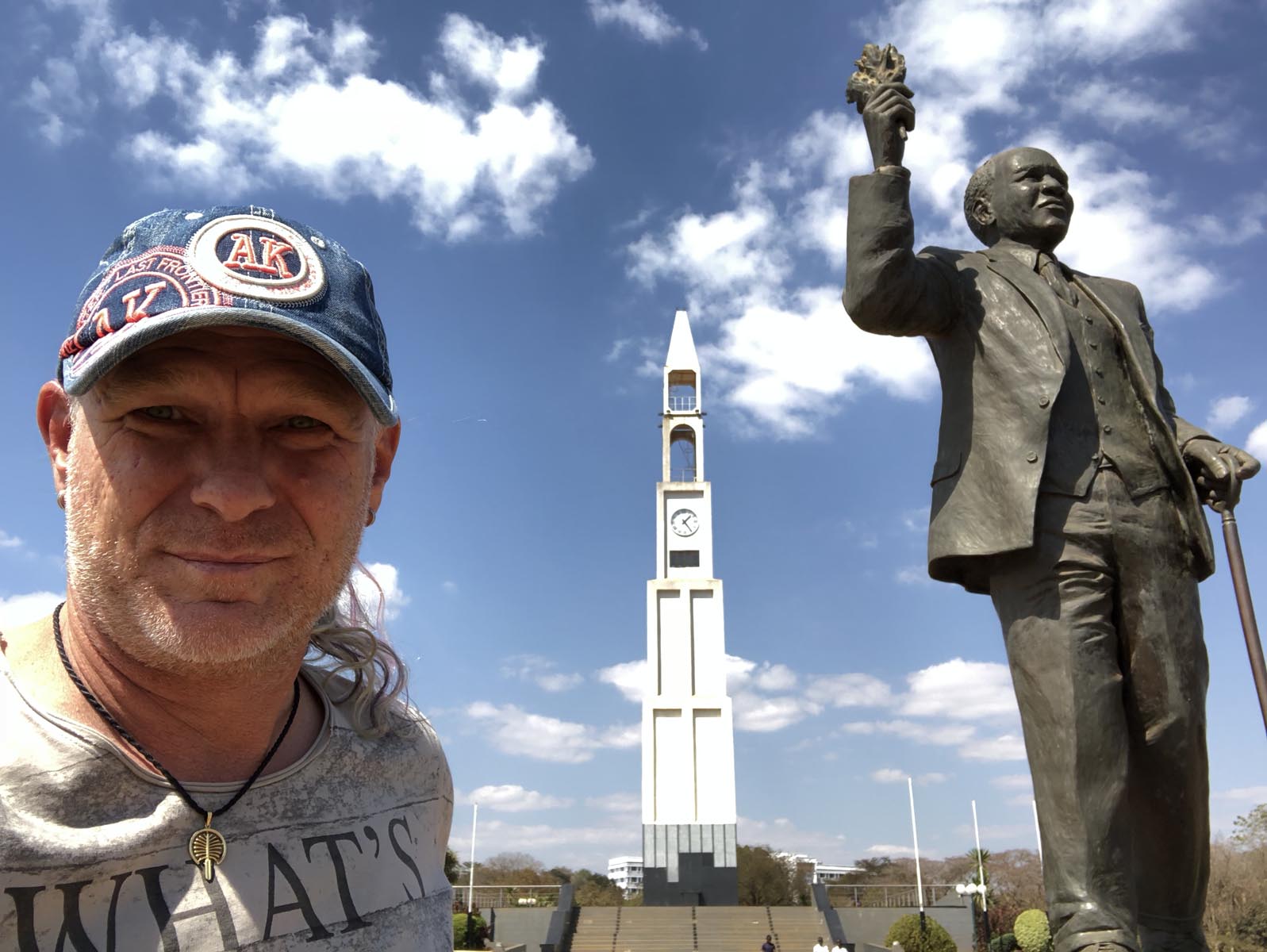


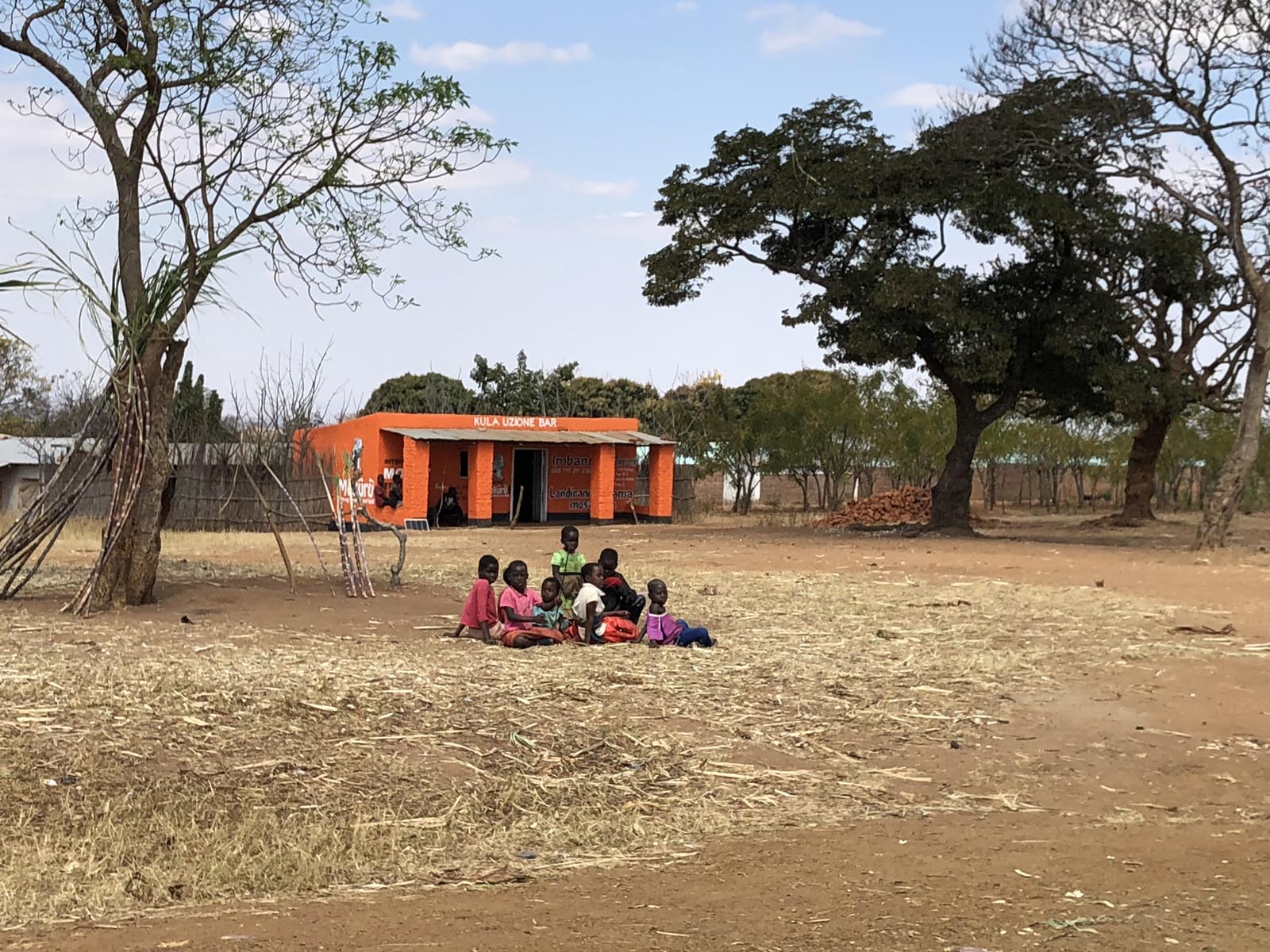
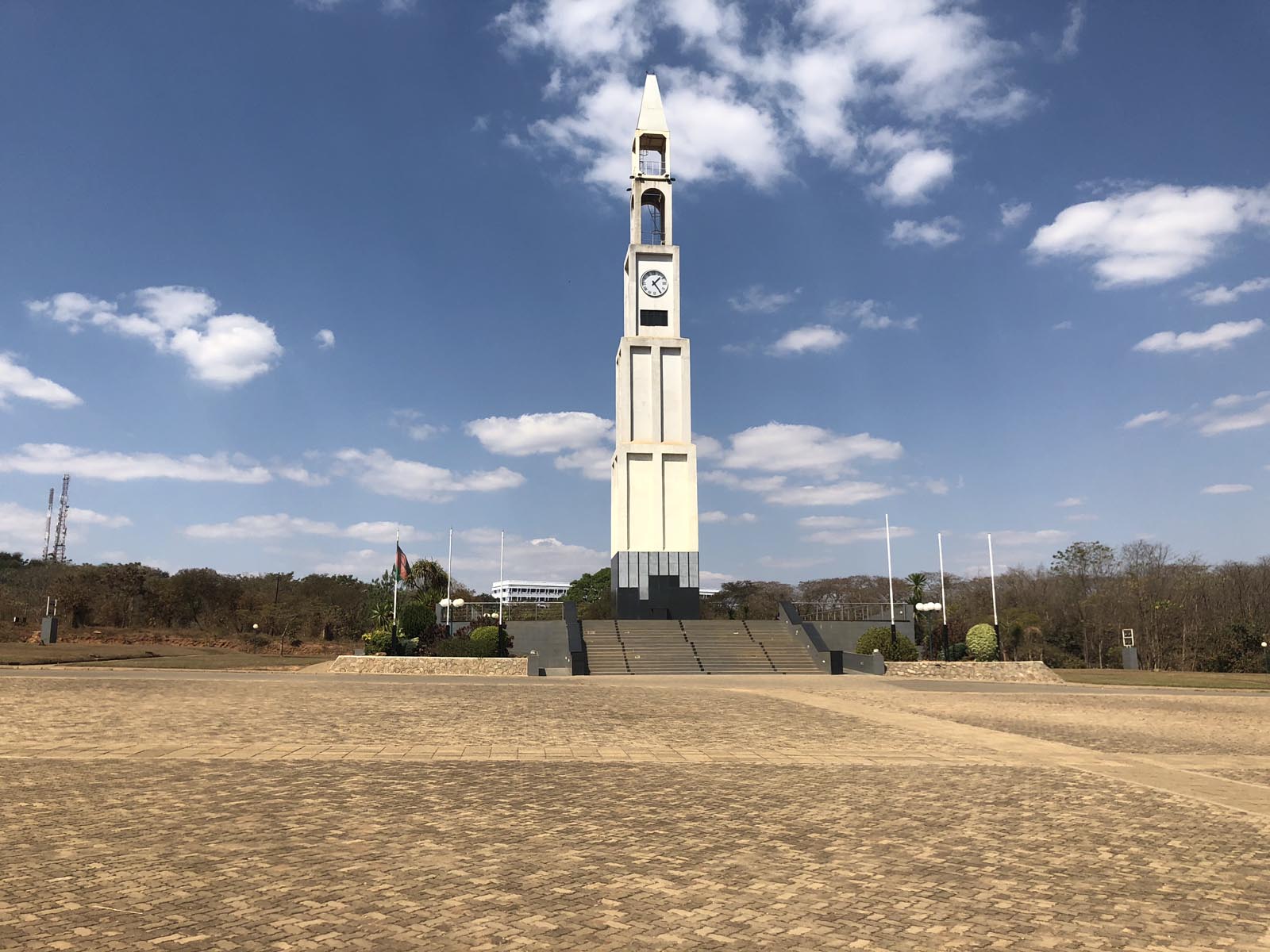
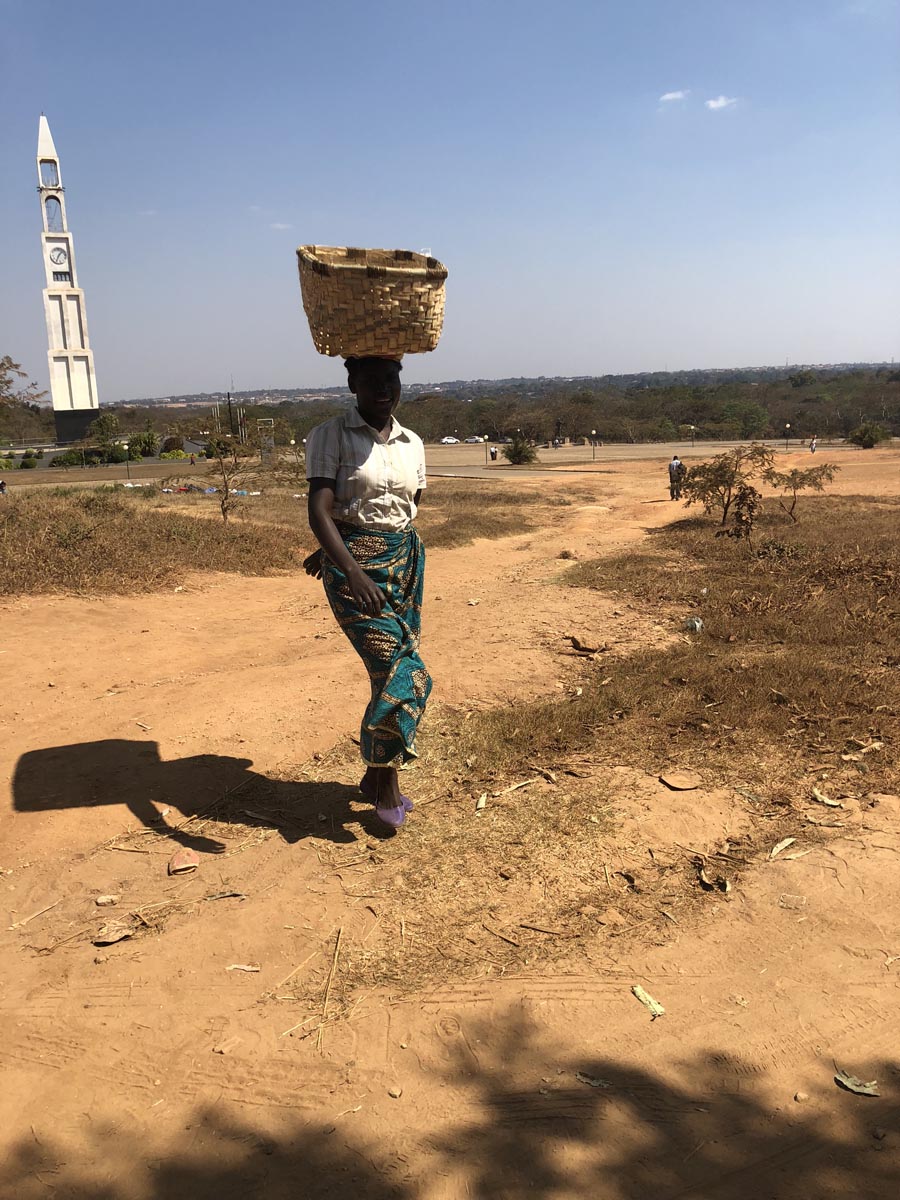
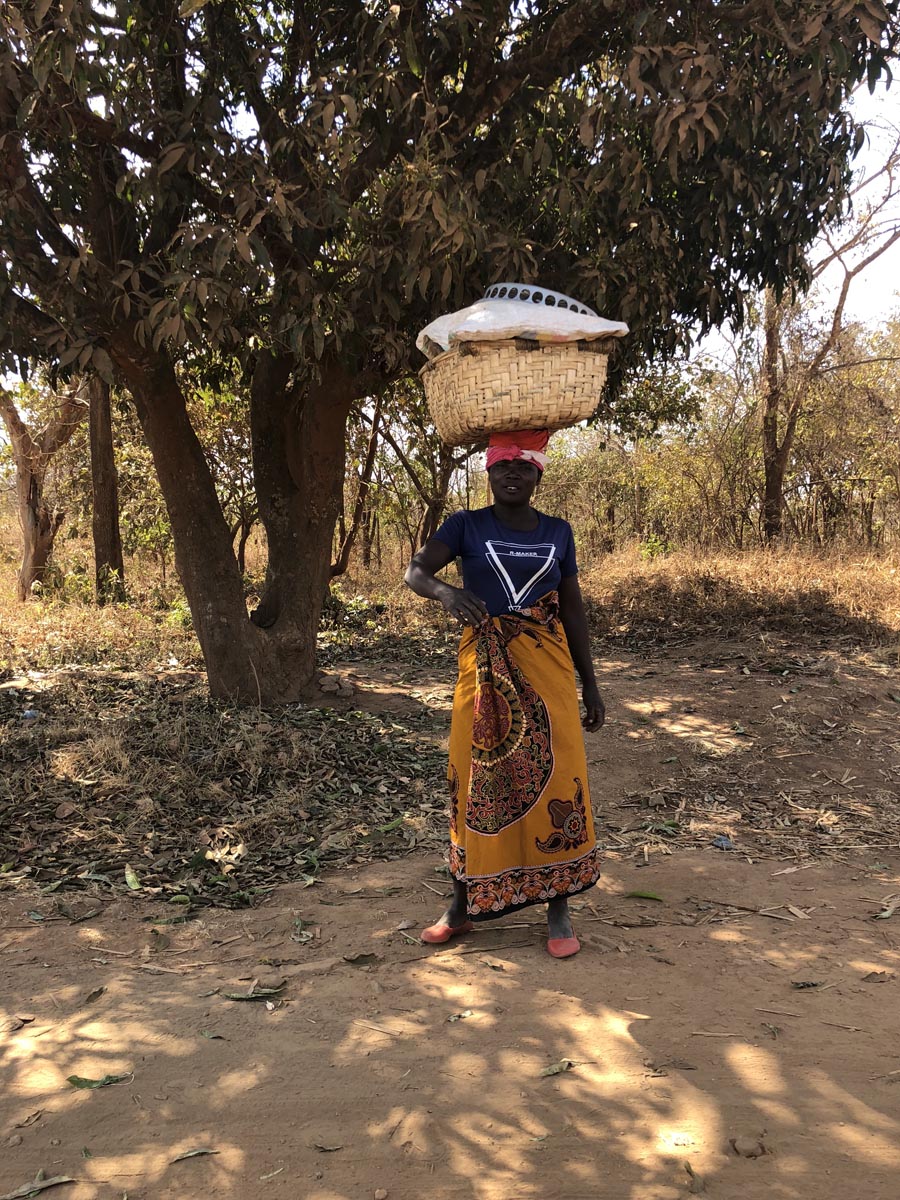
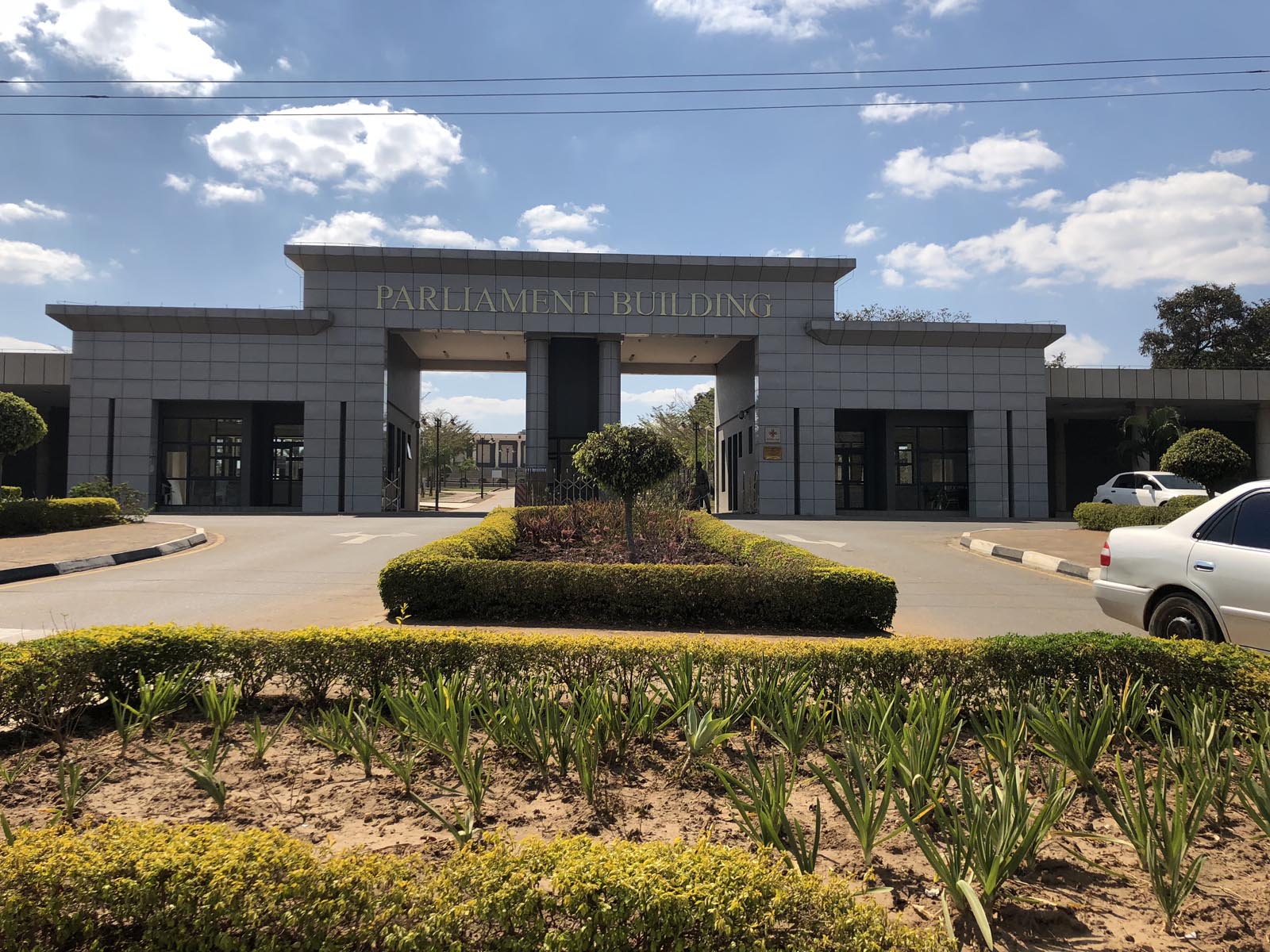
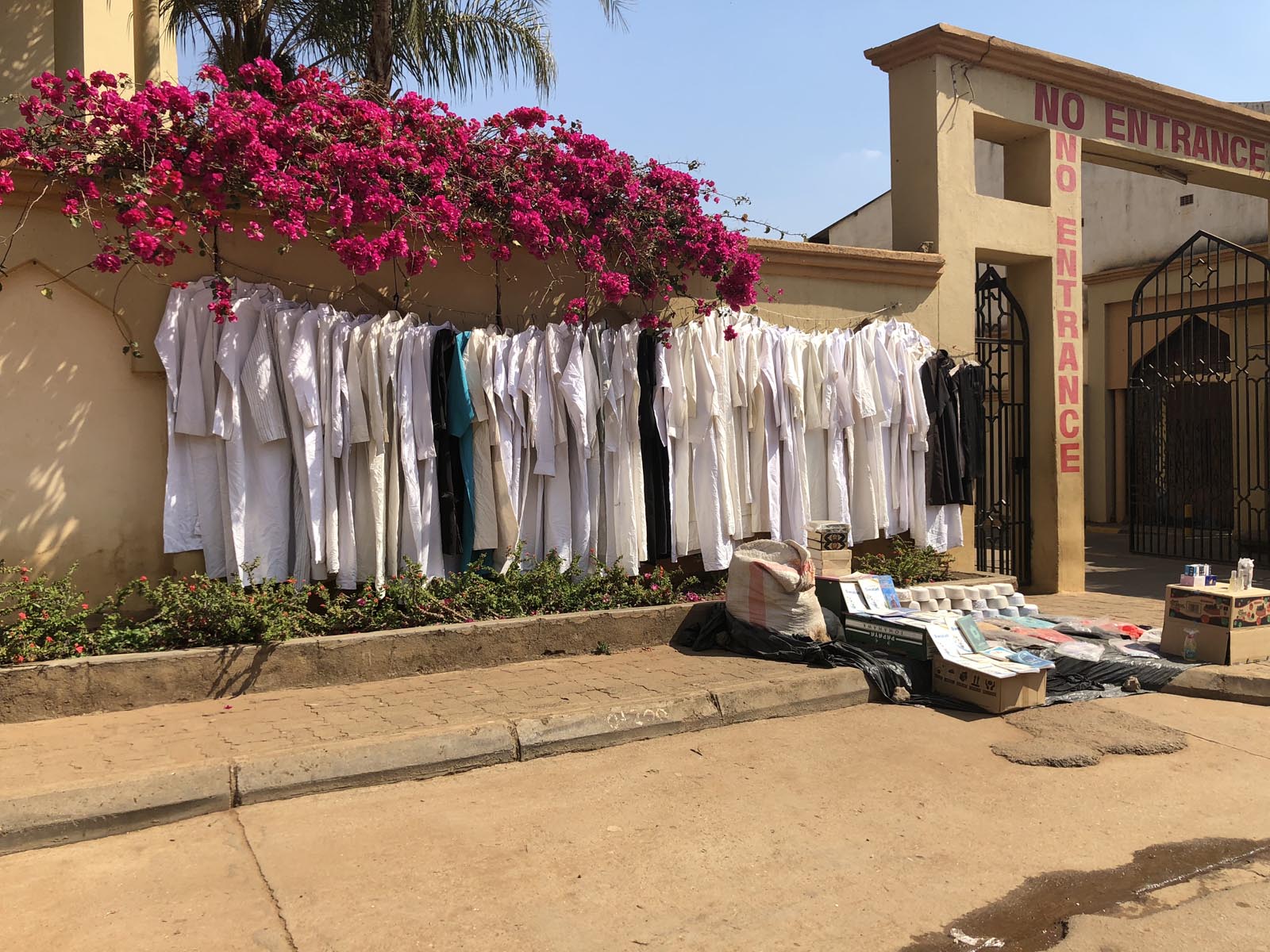
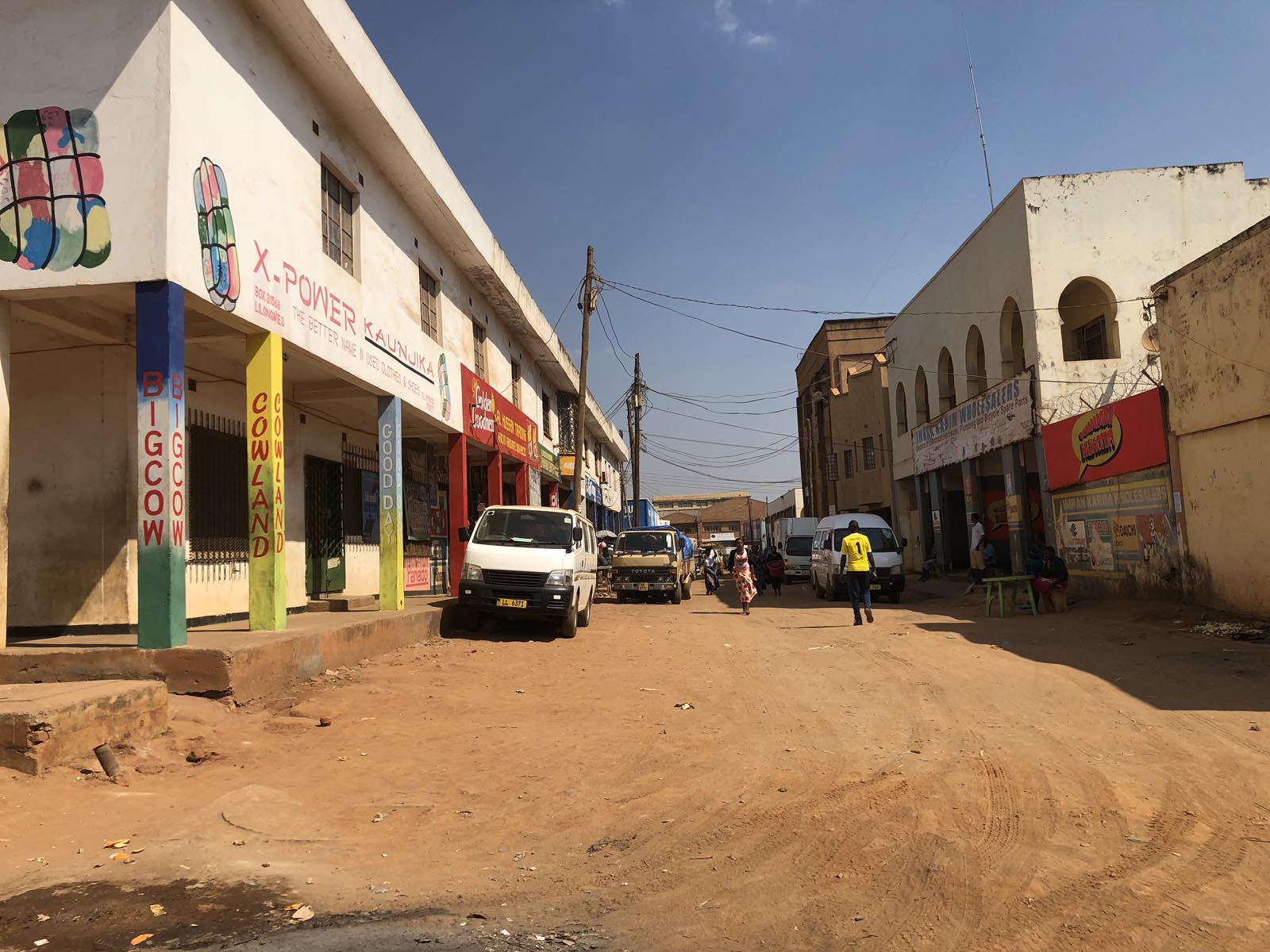


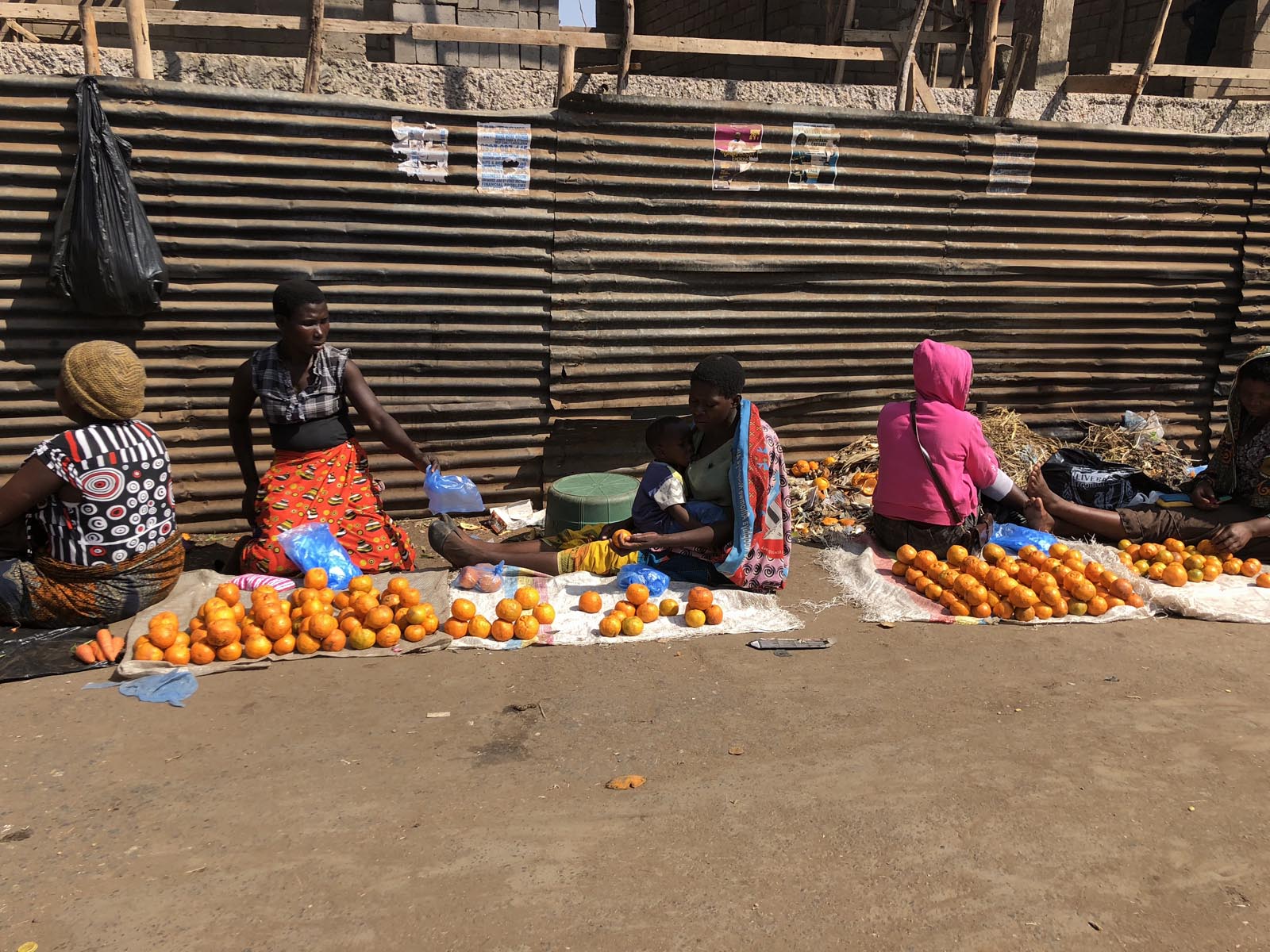
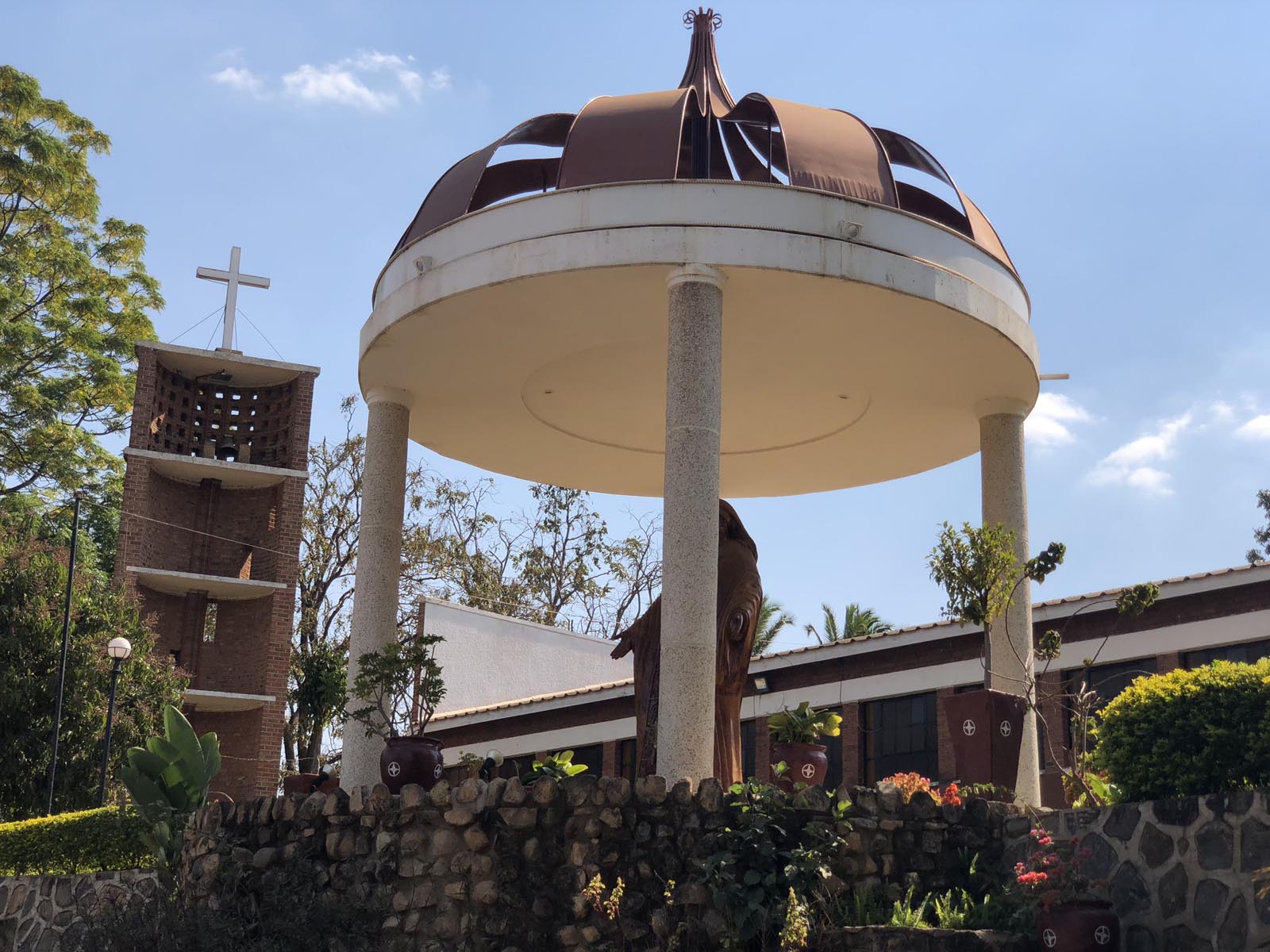
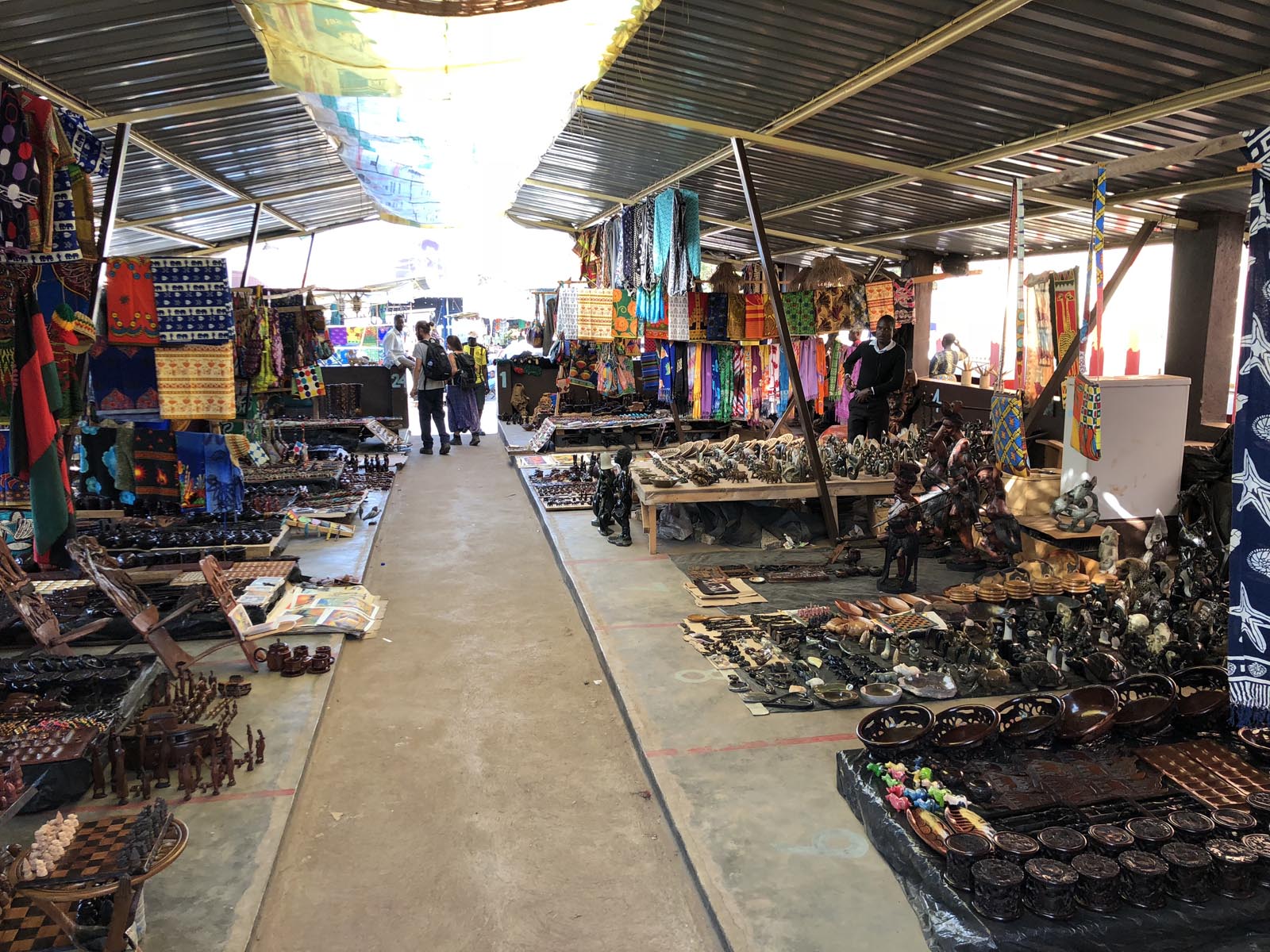

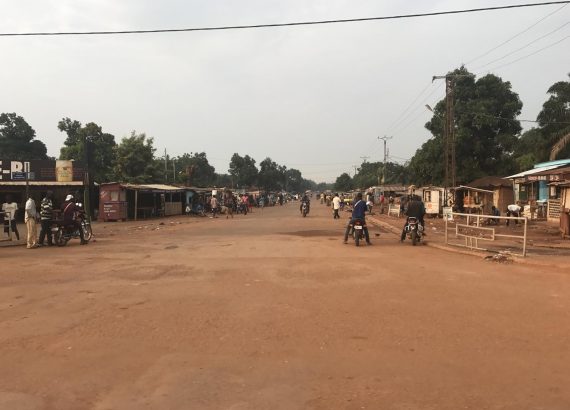
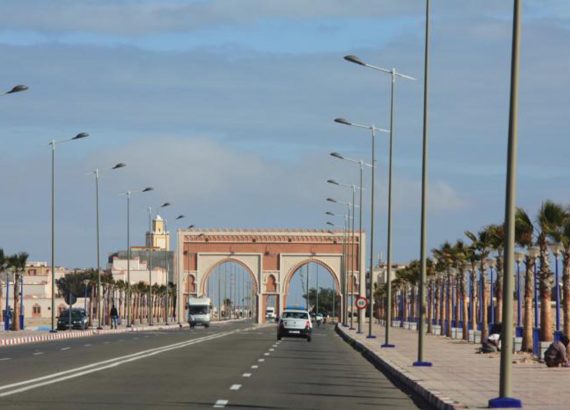
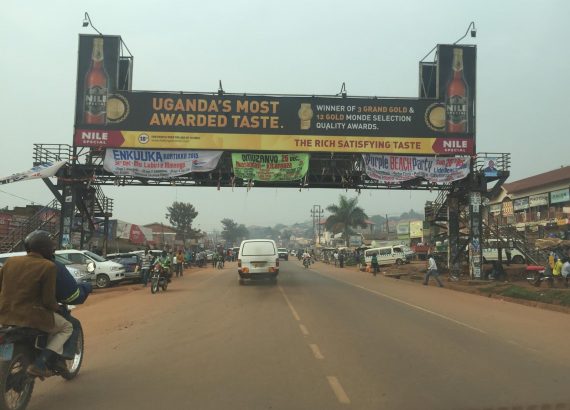
No Comments